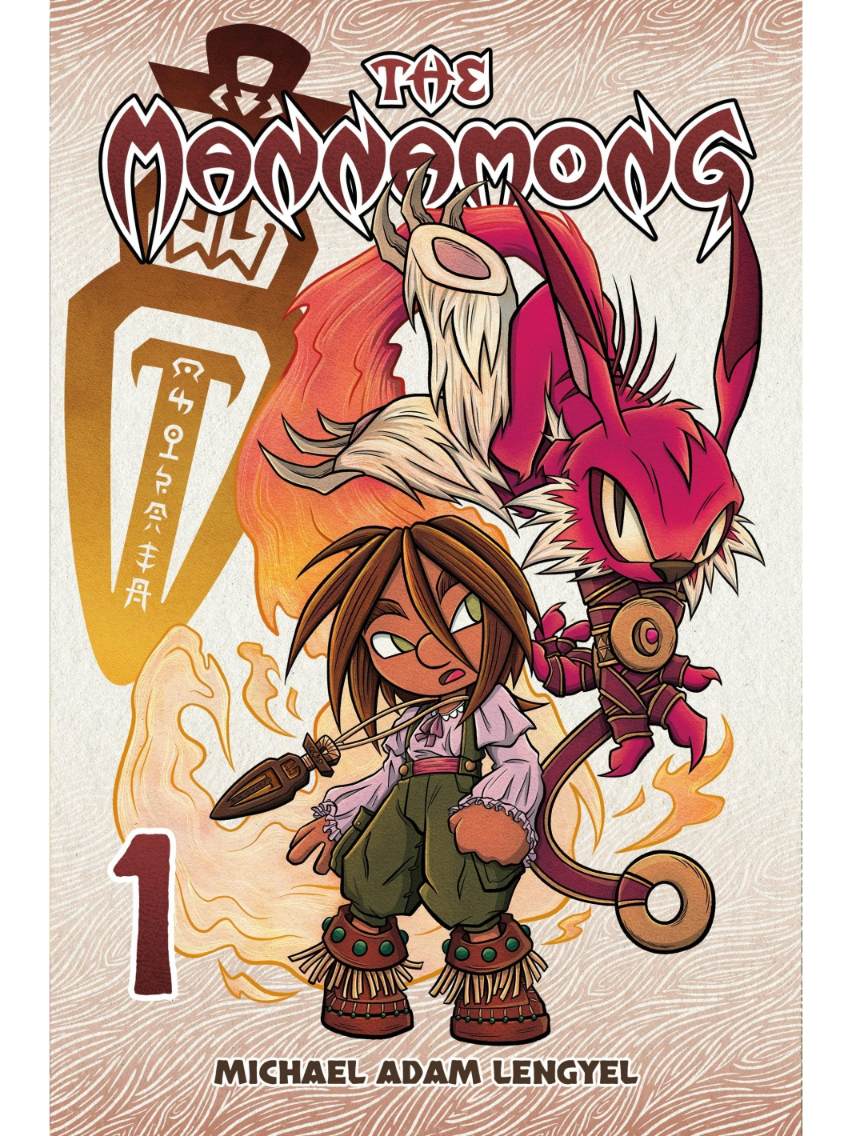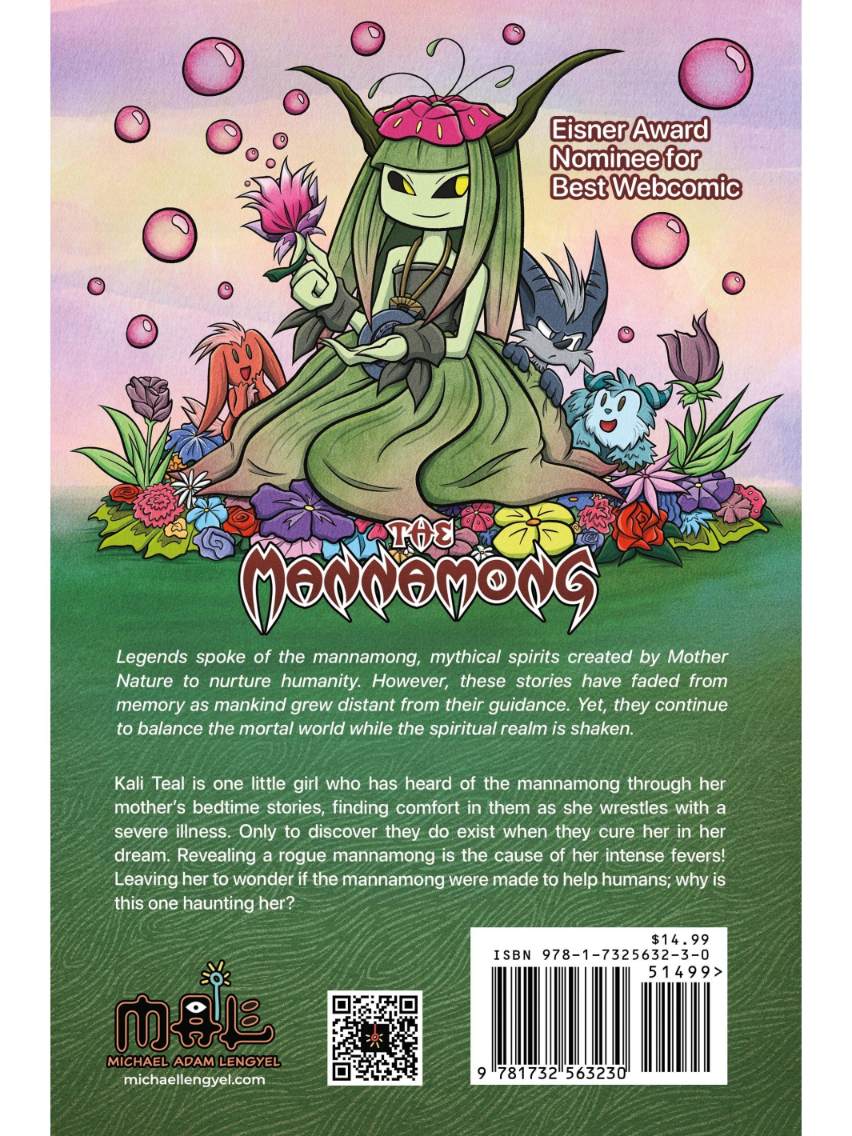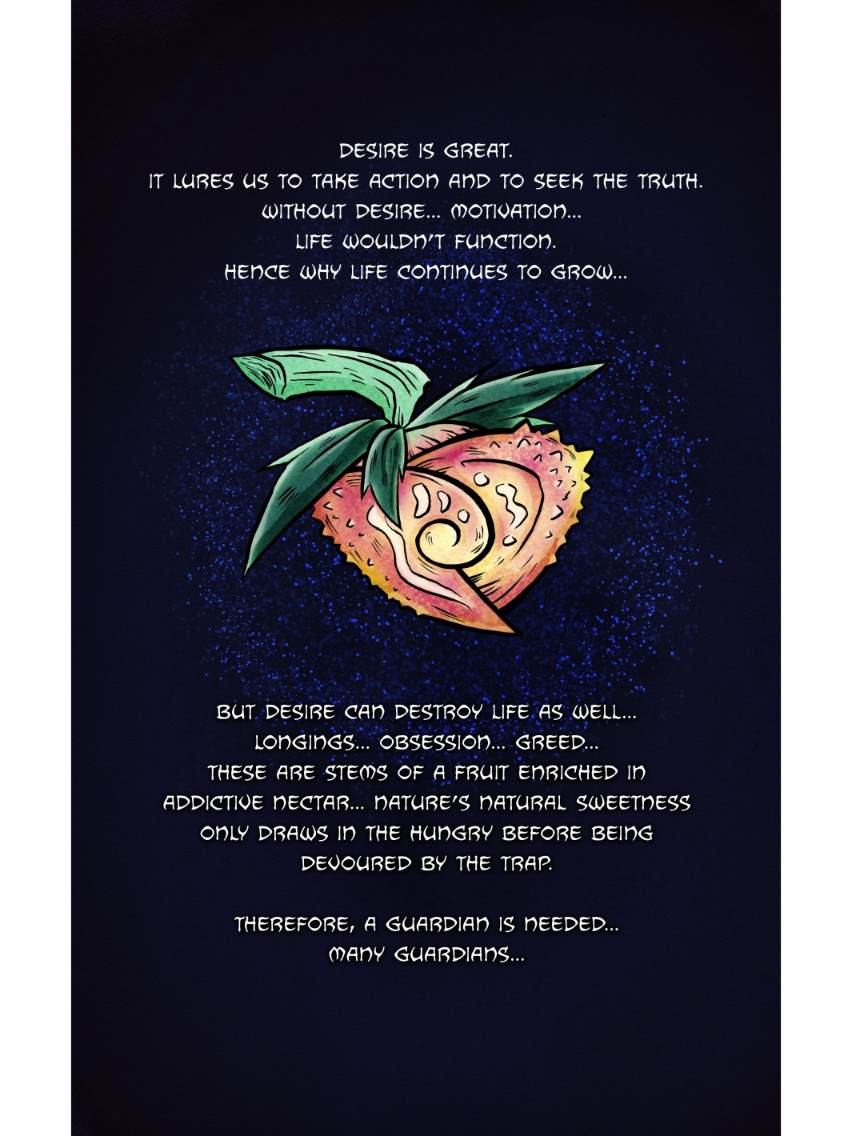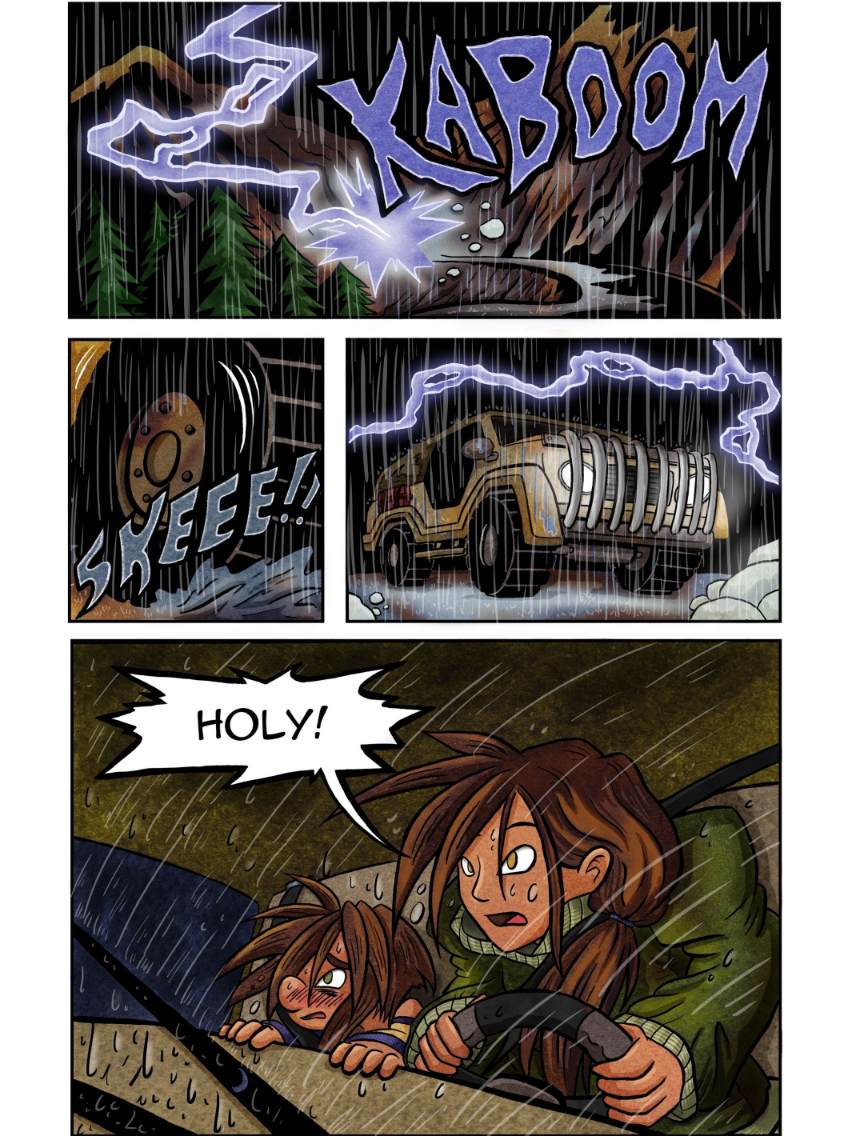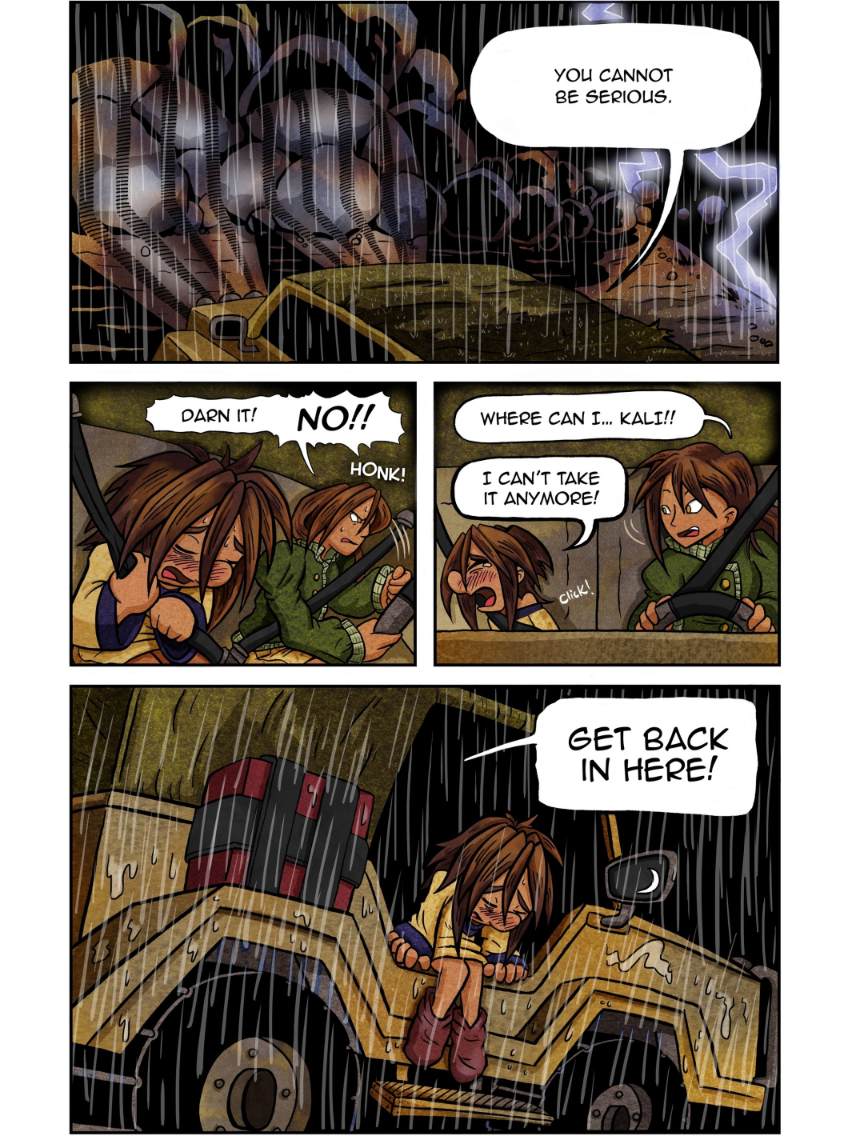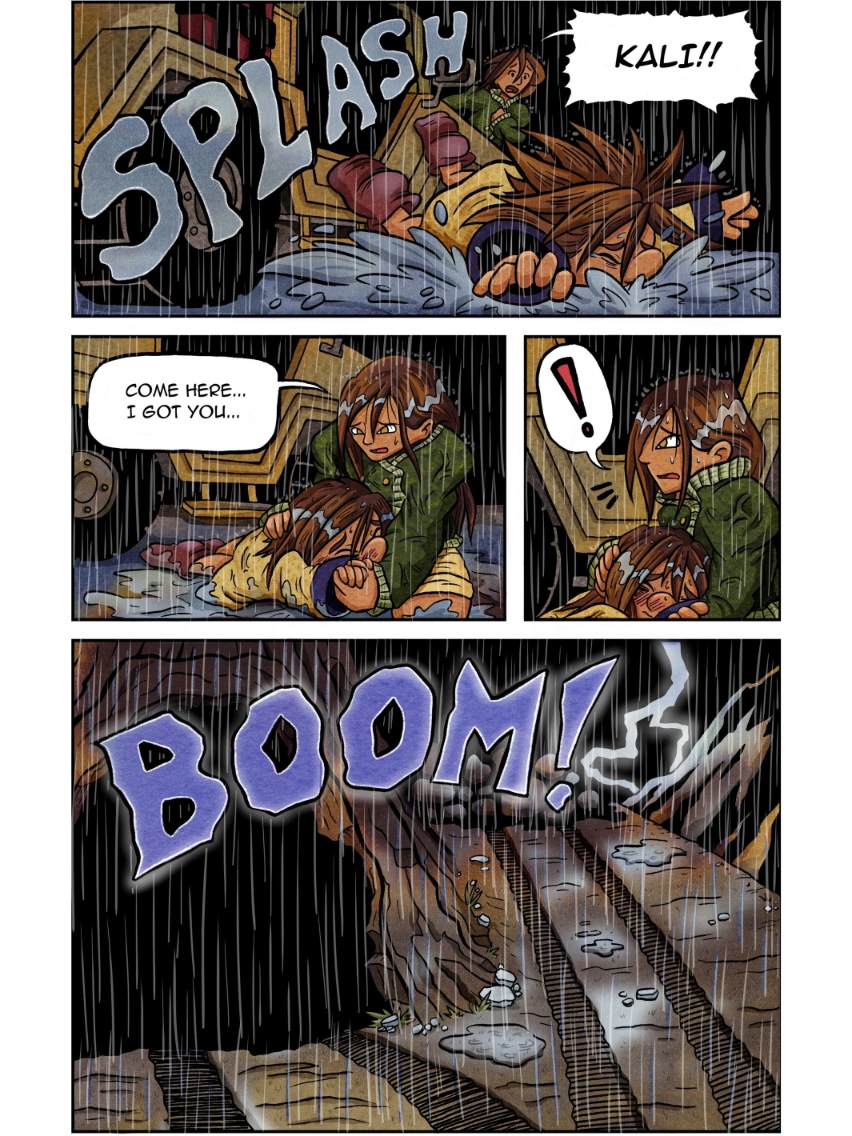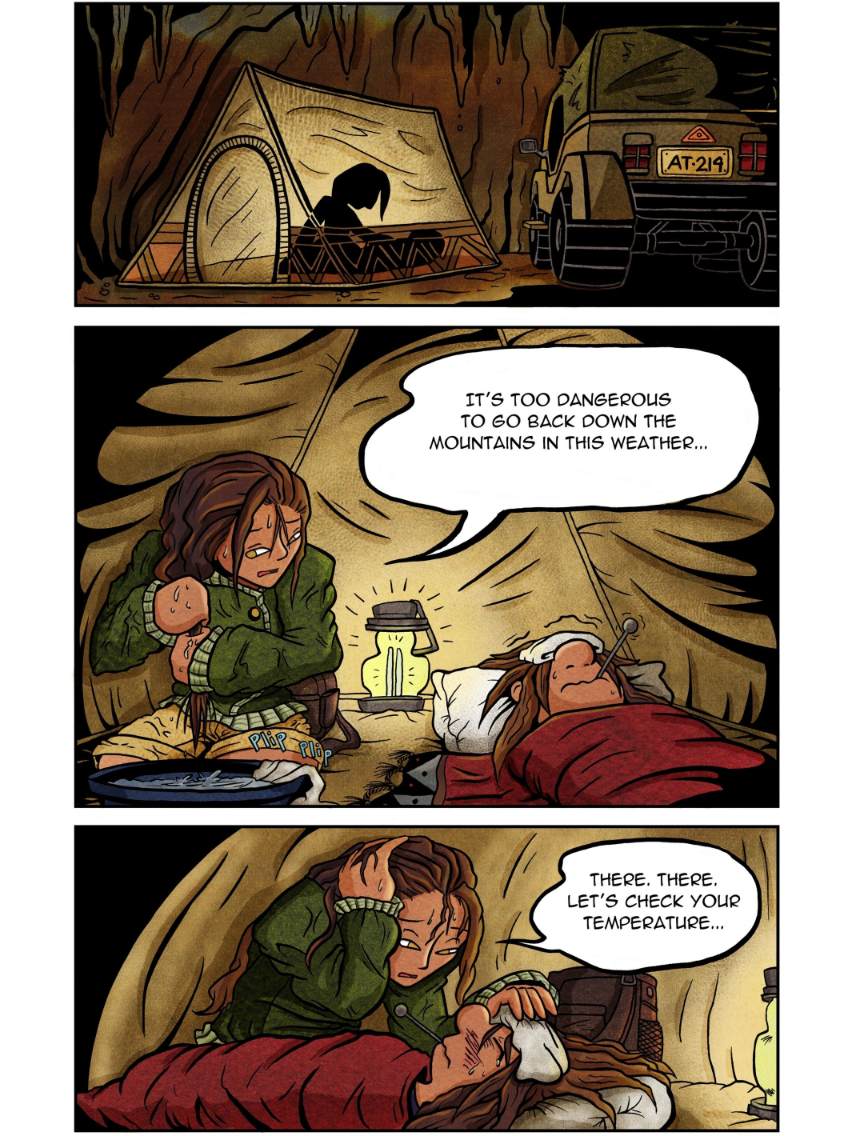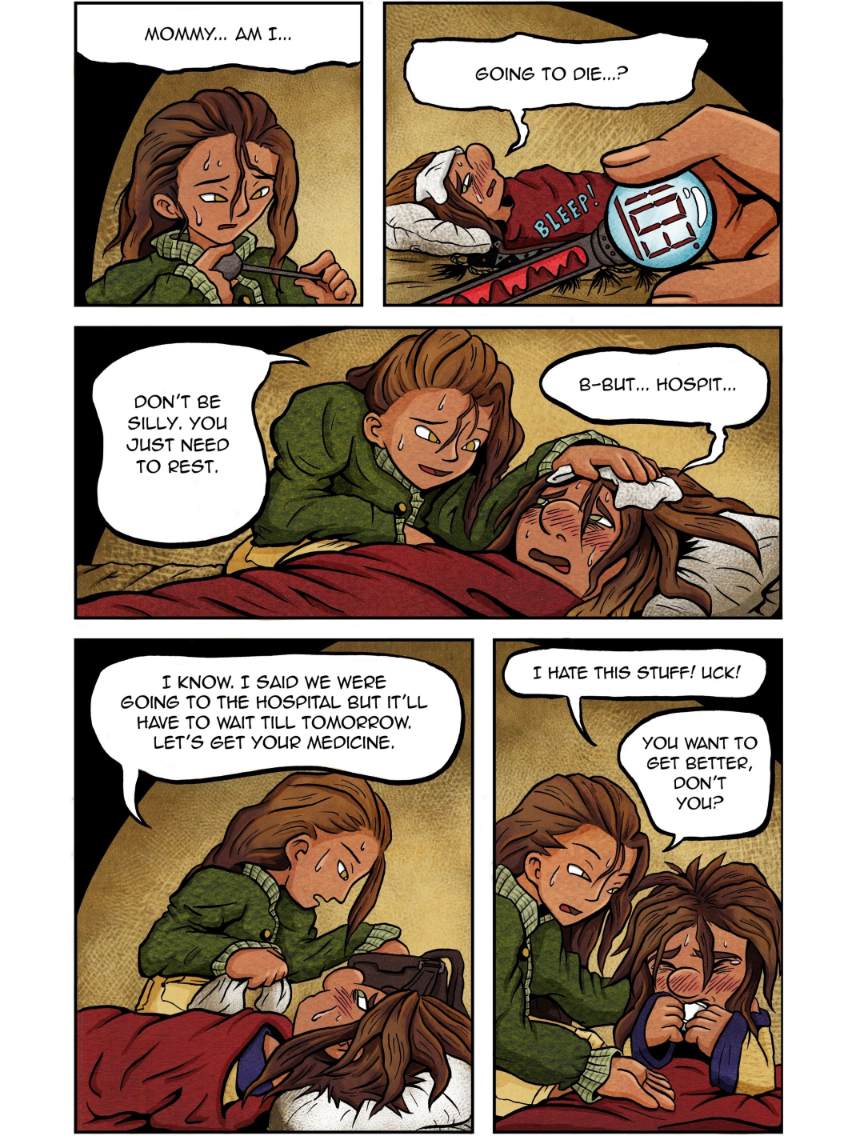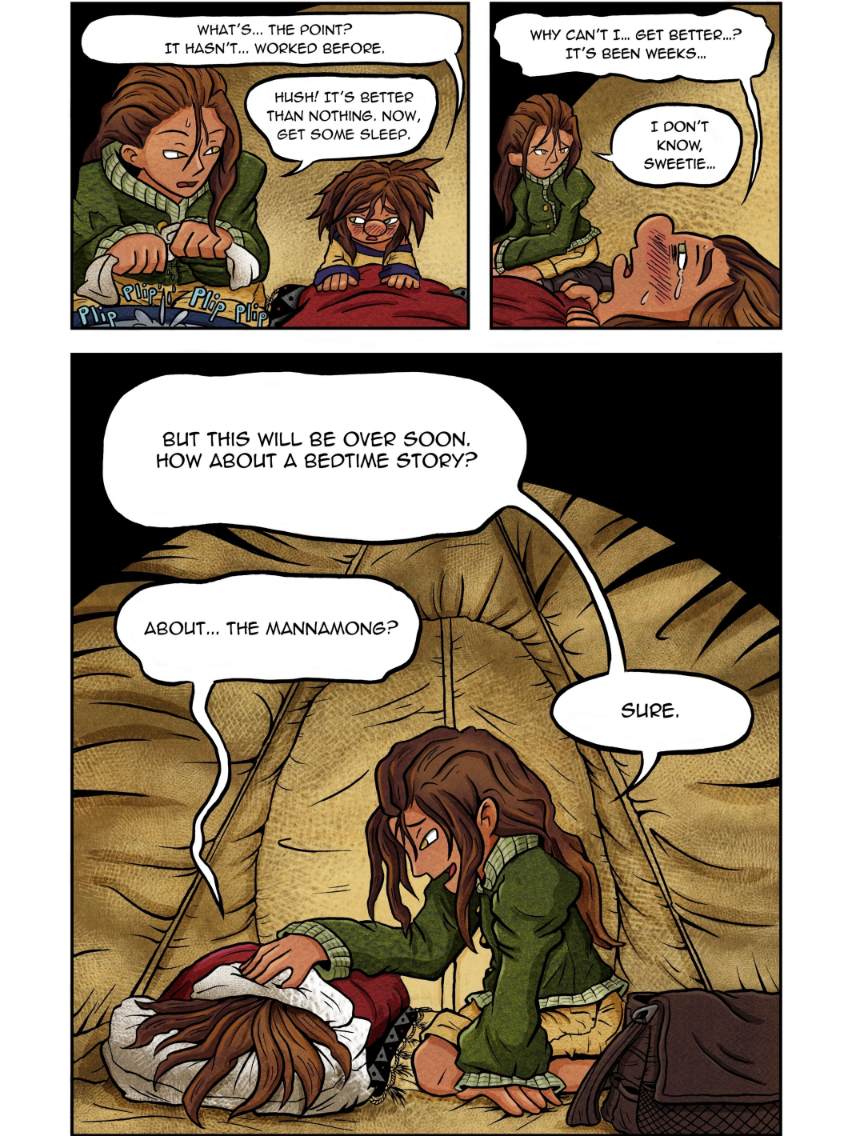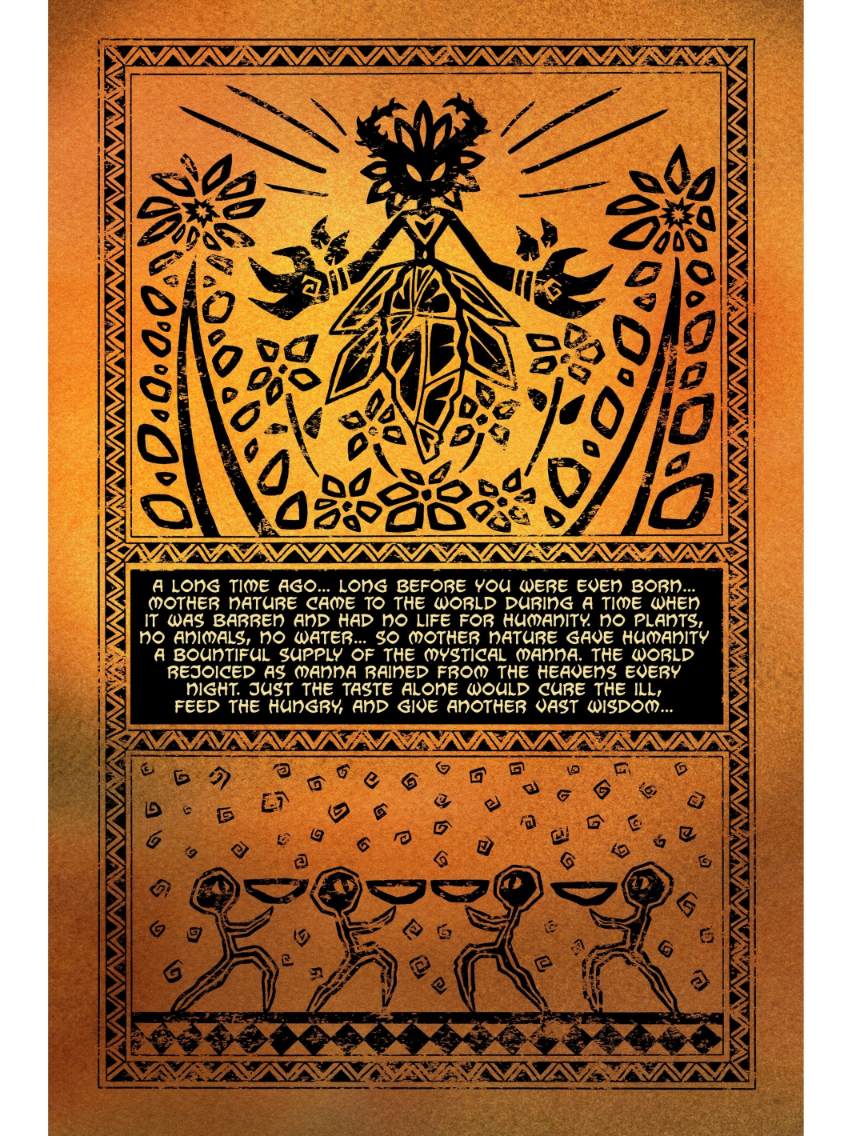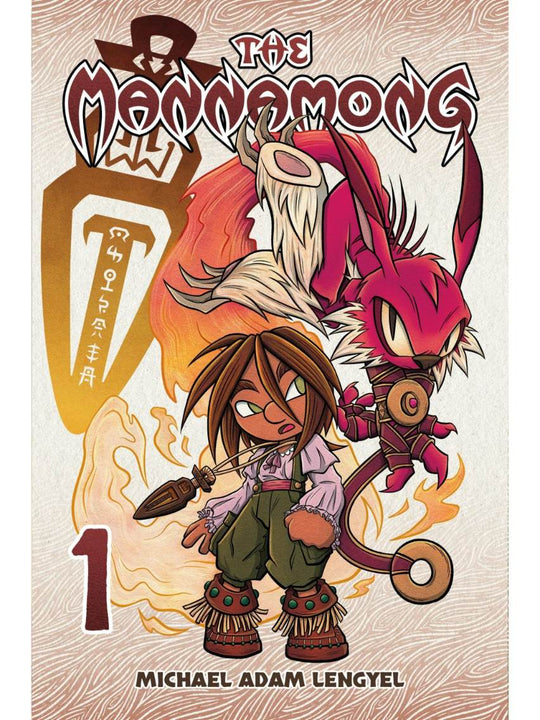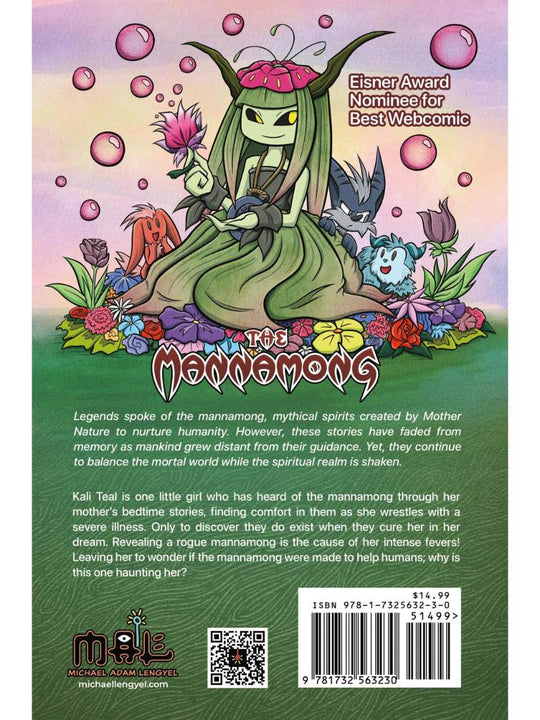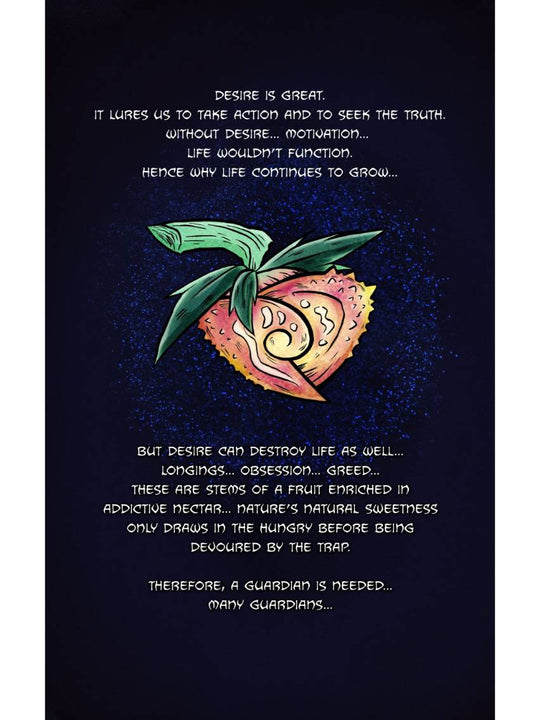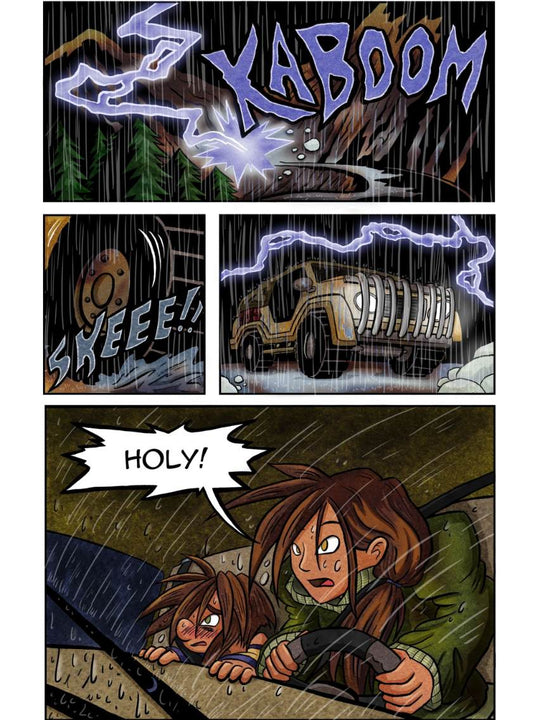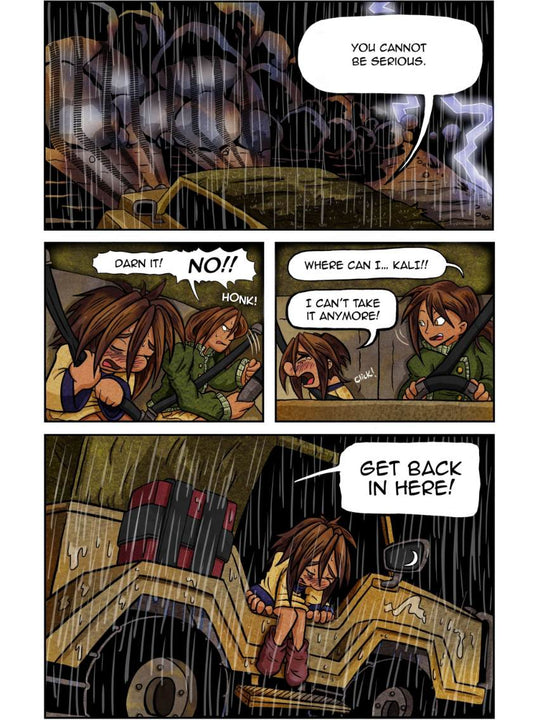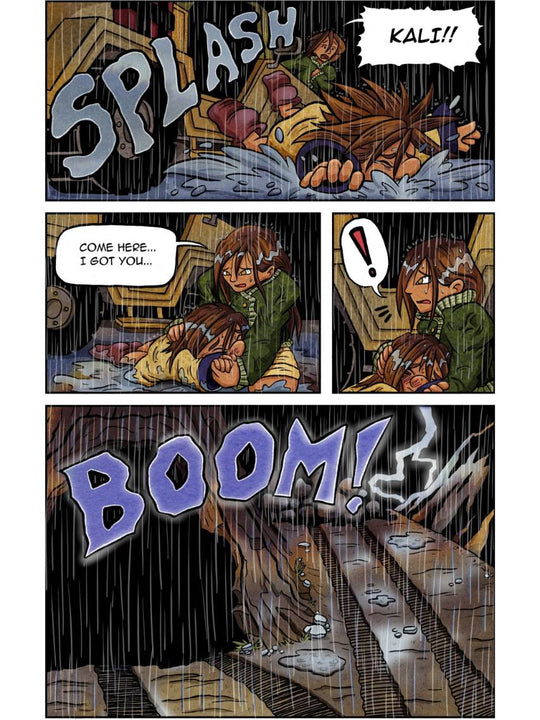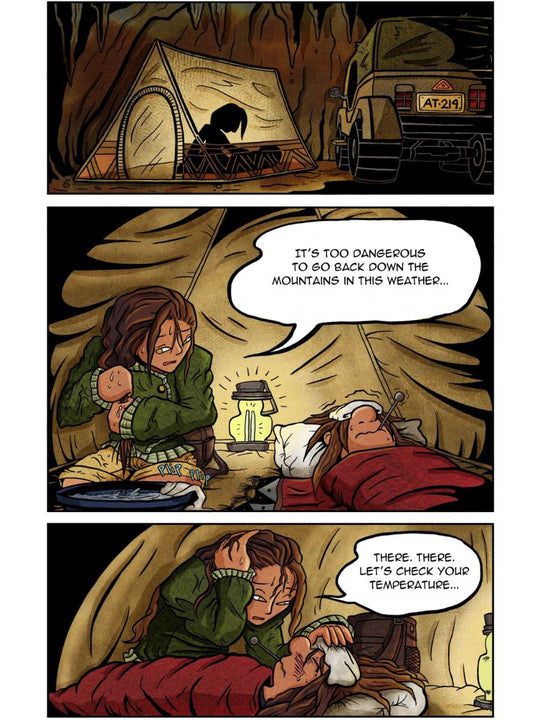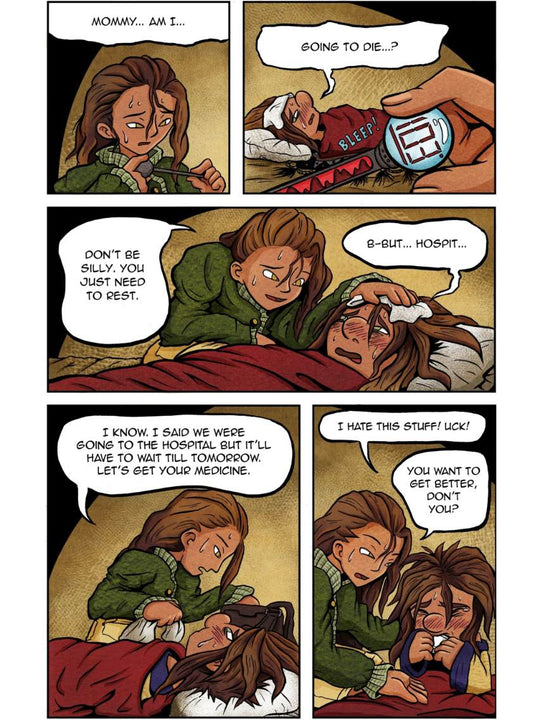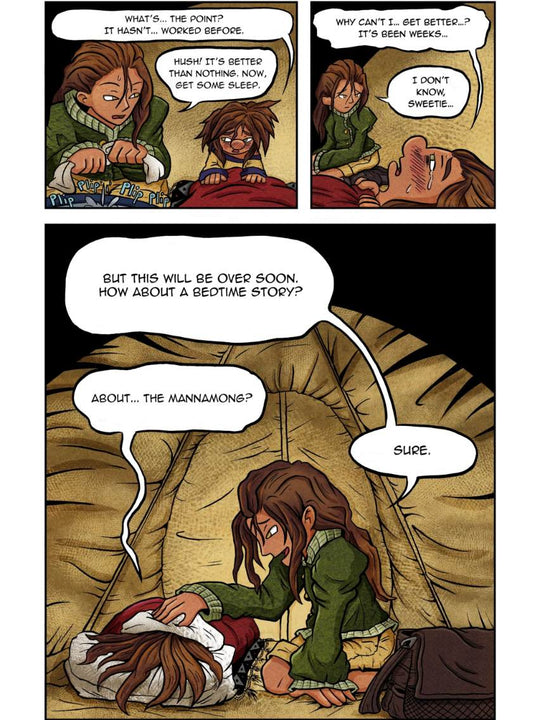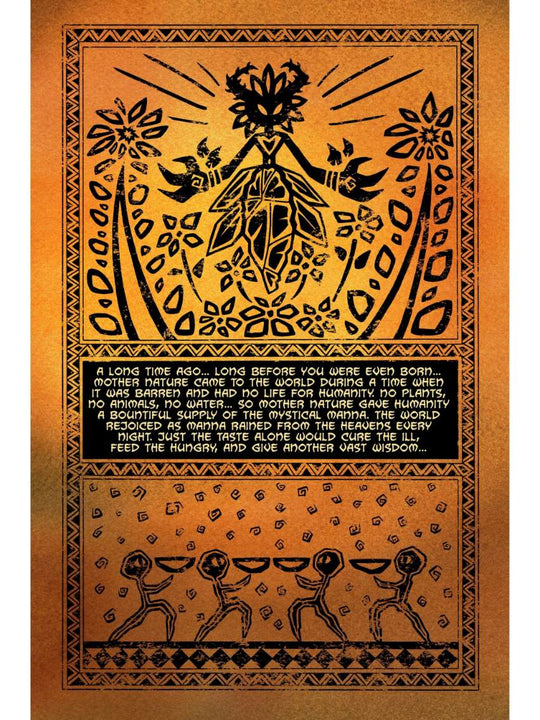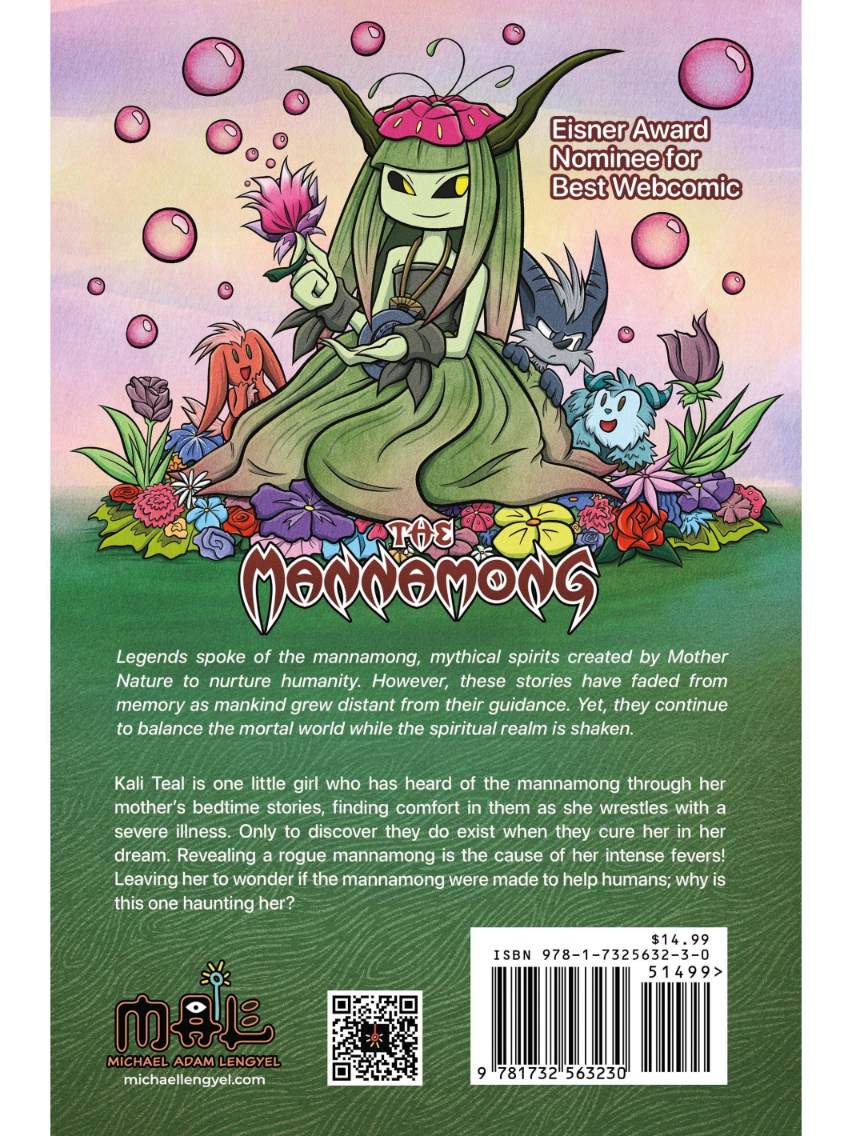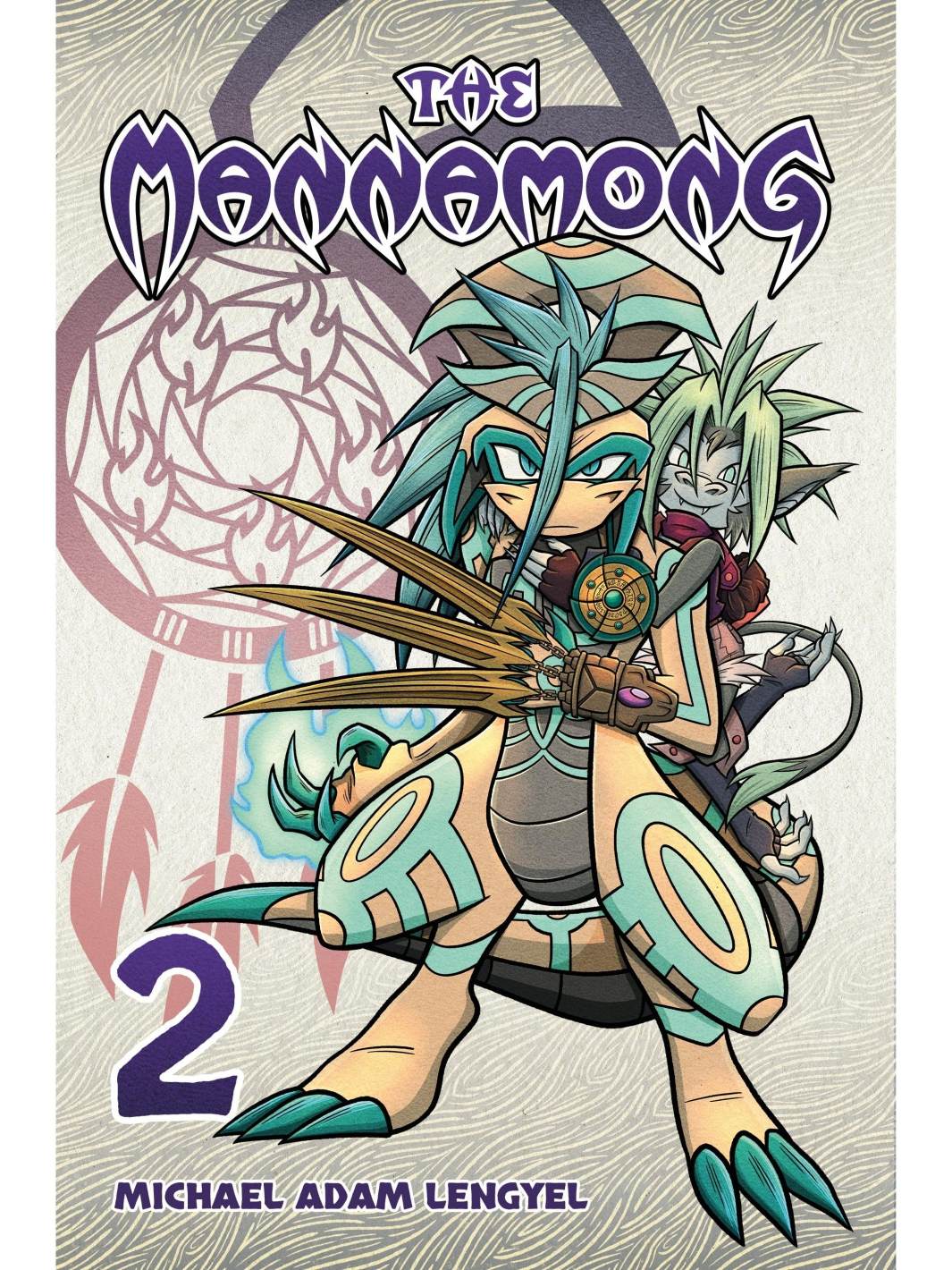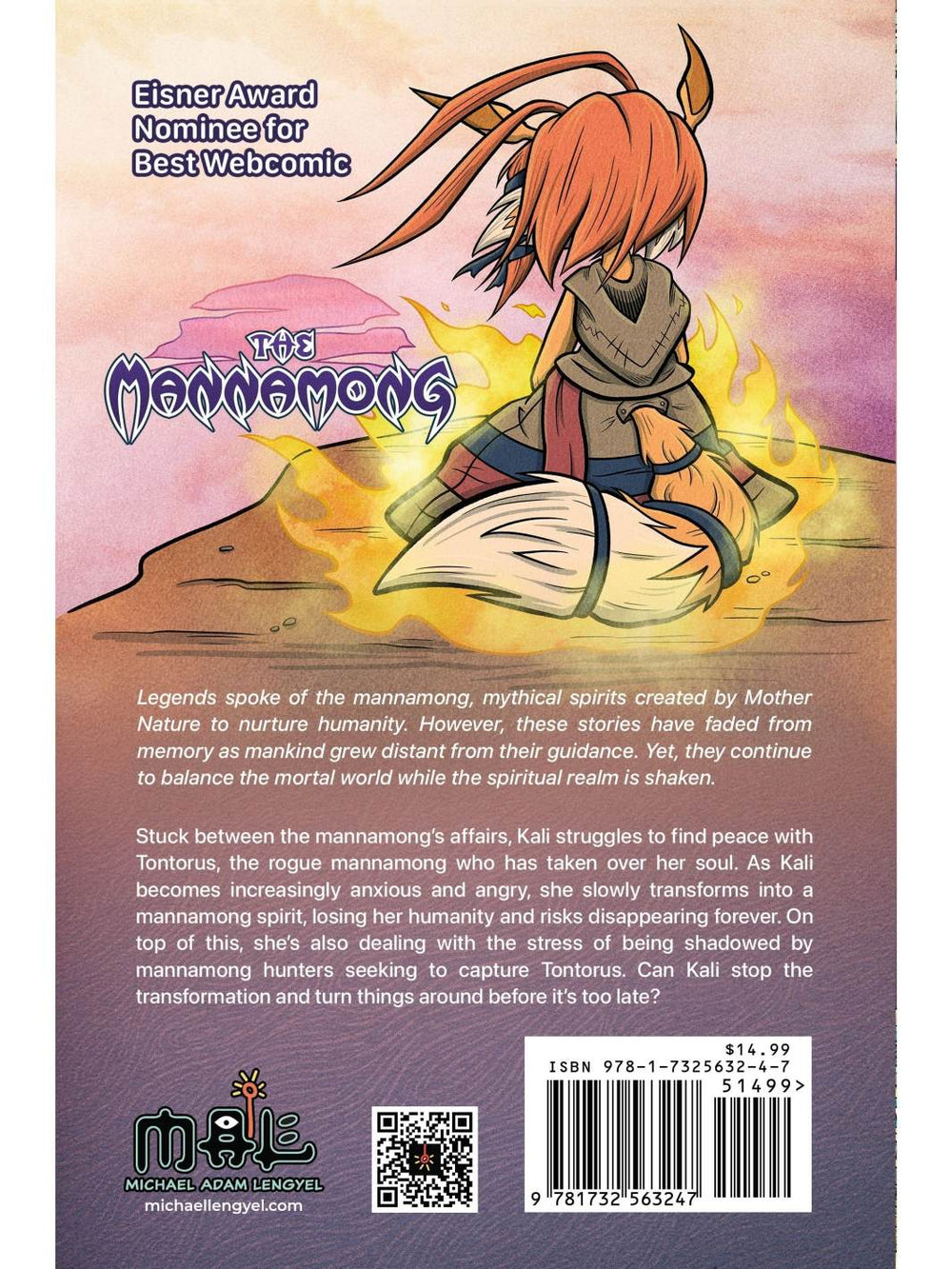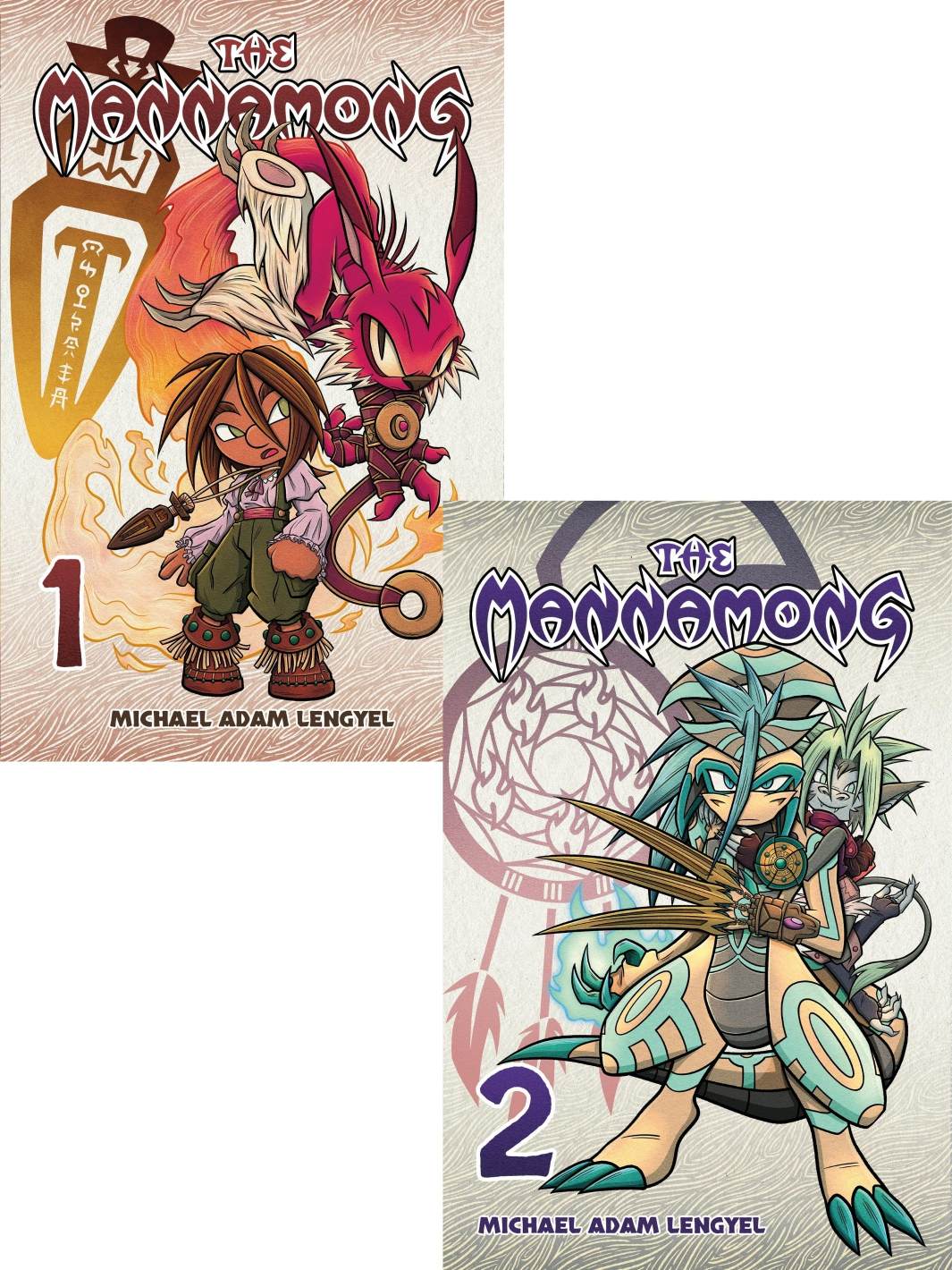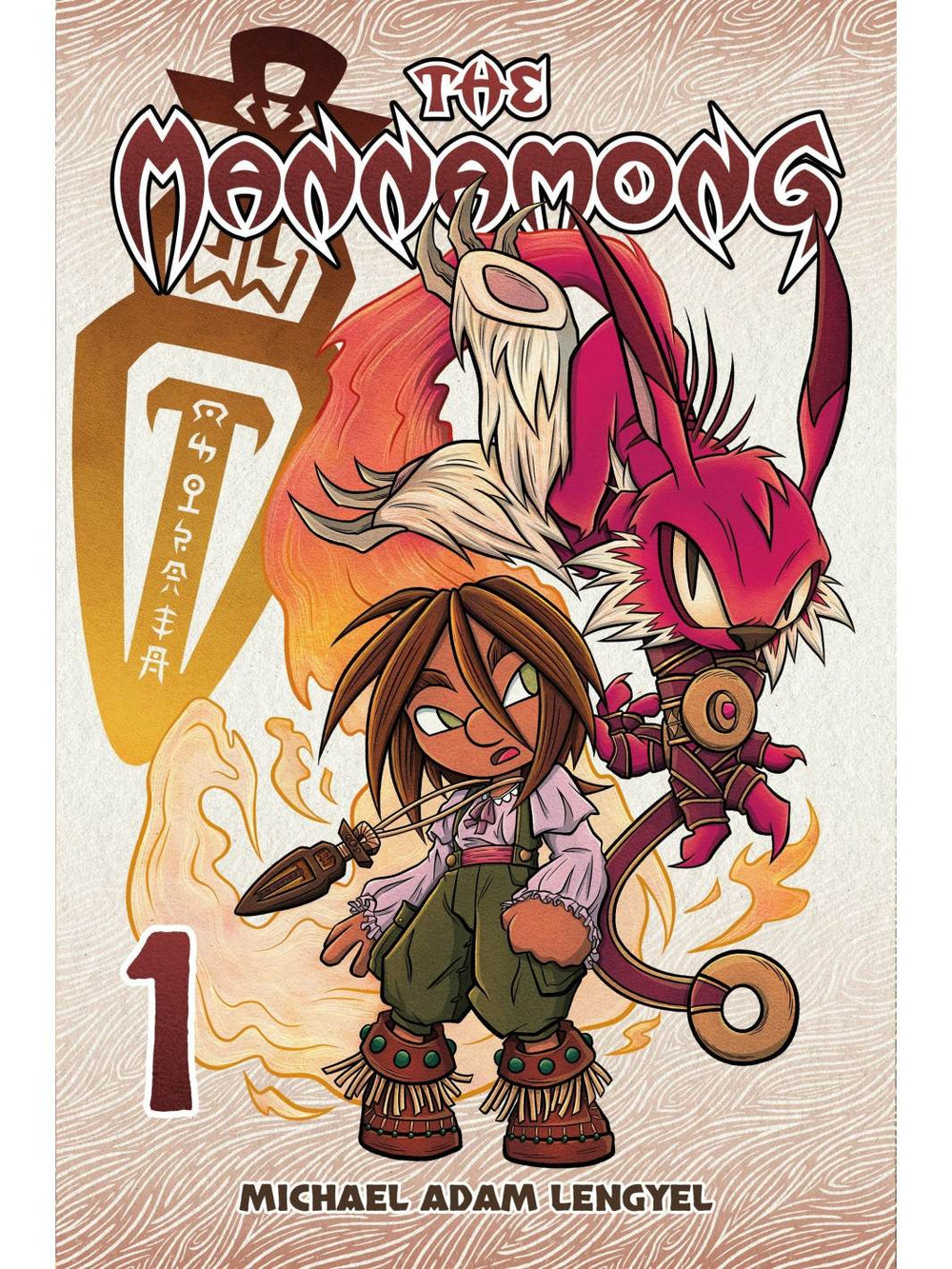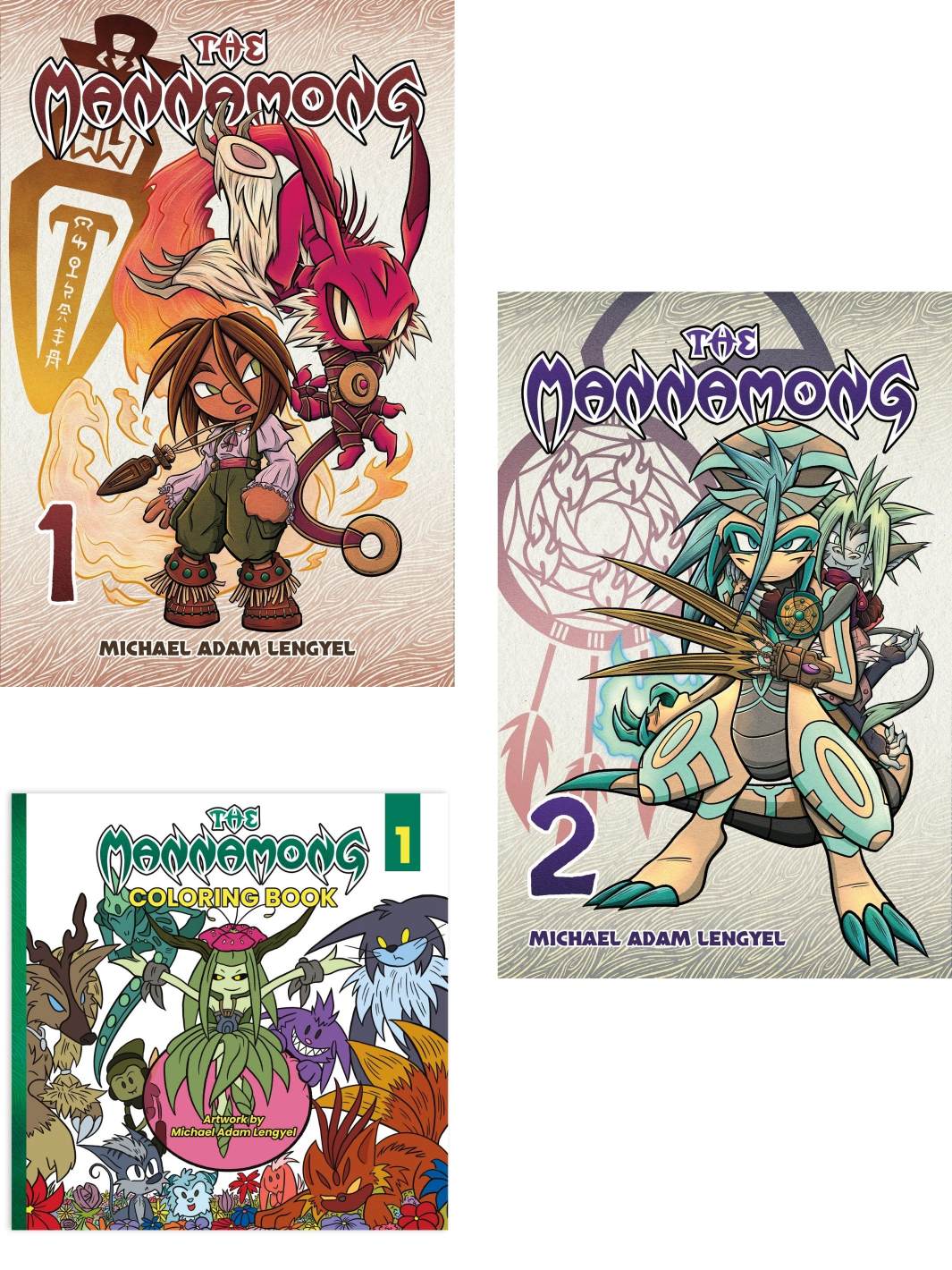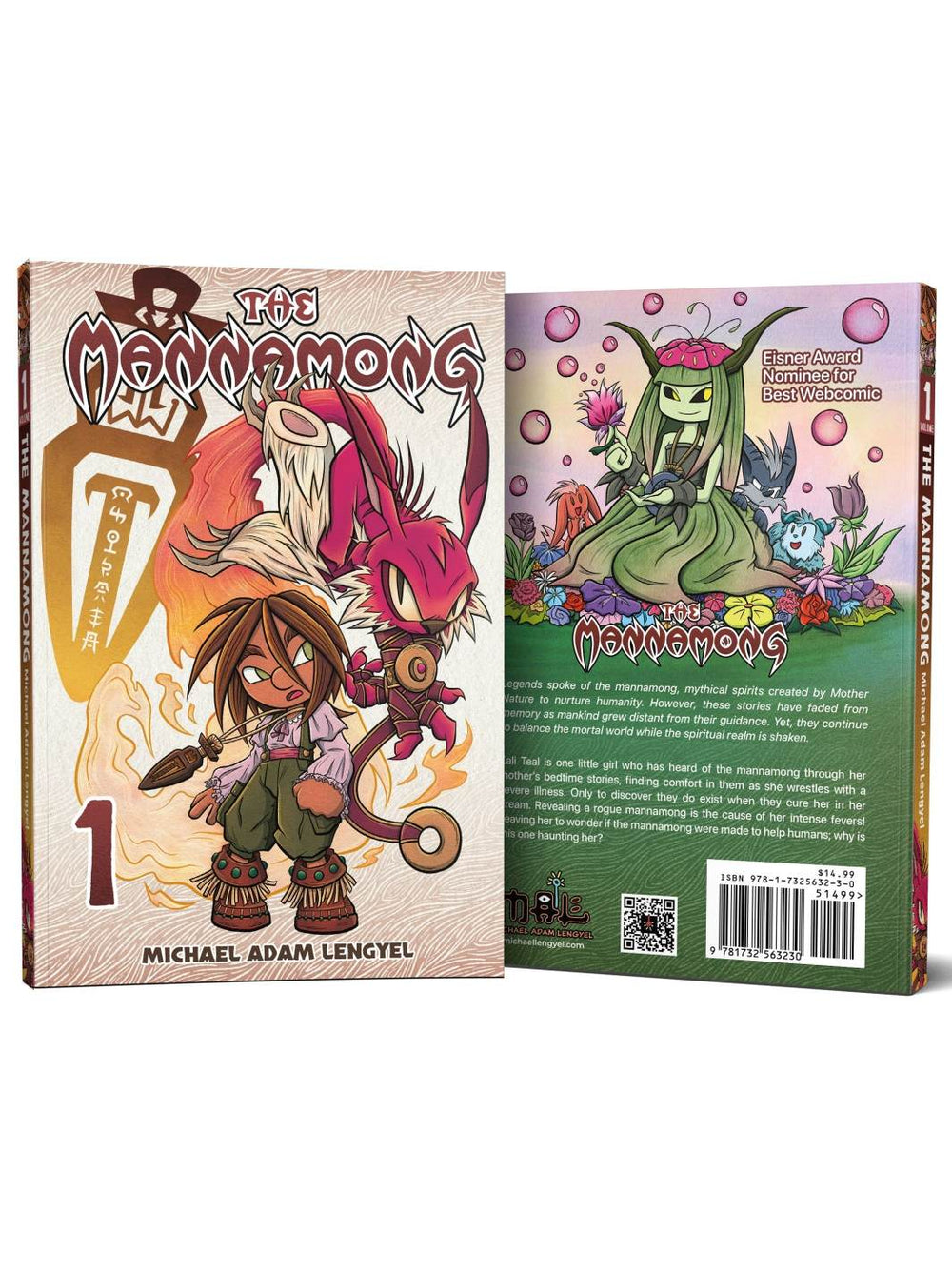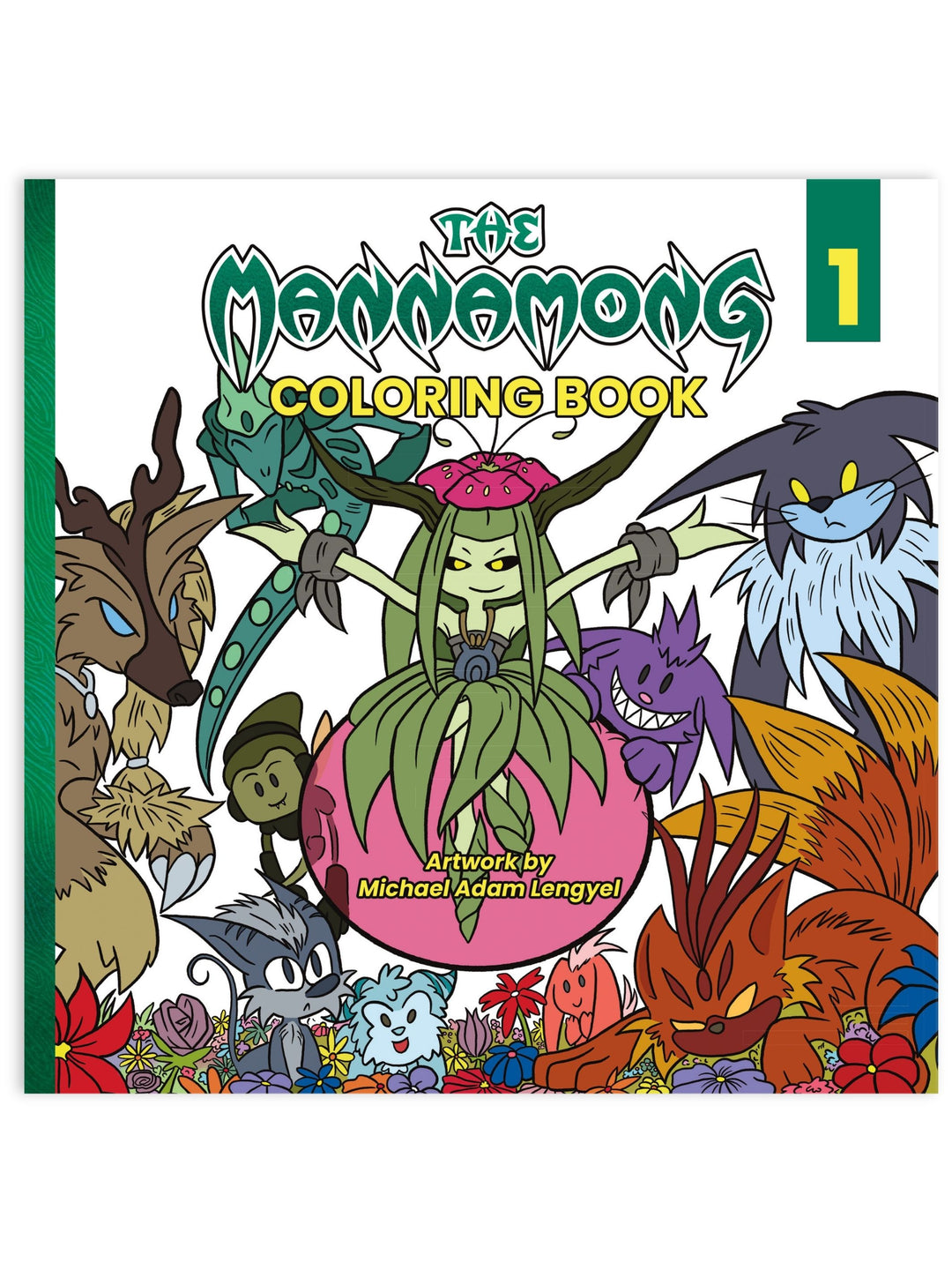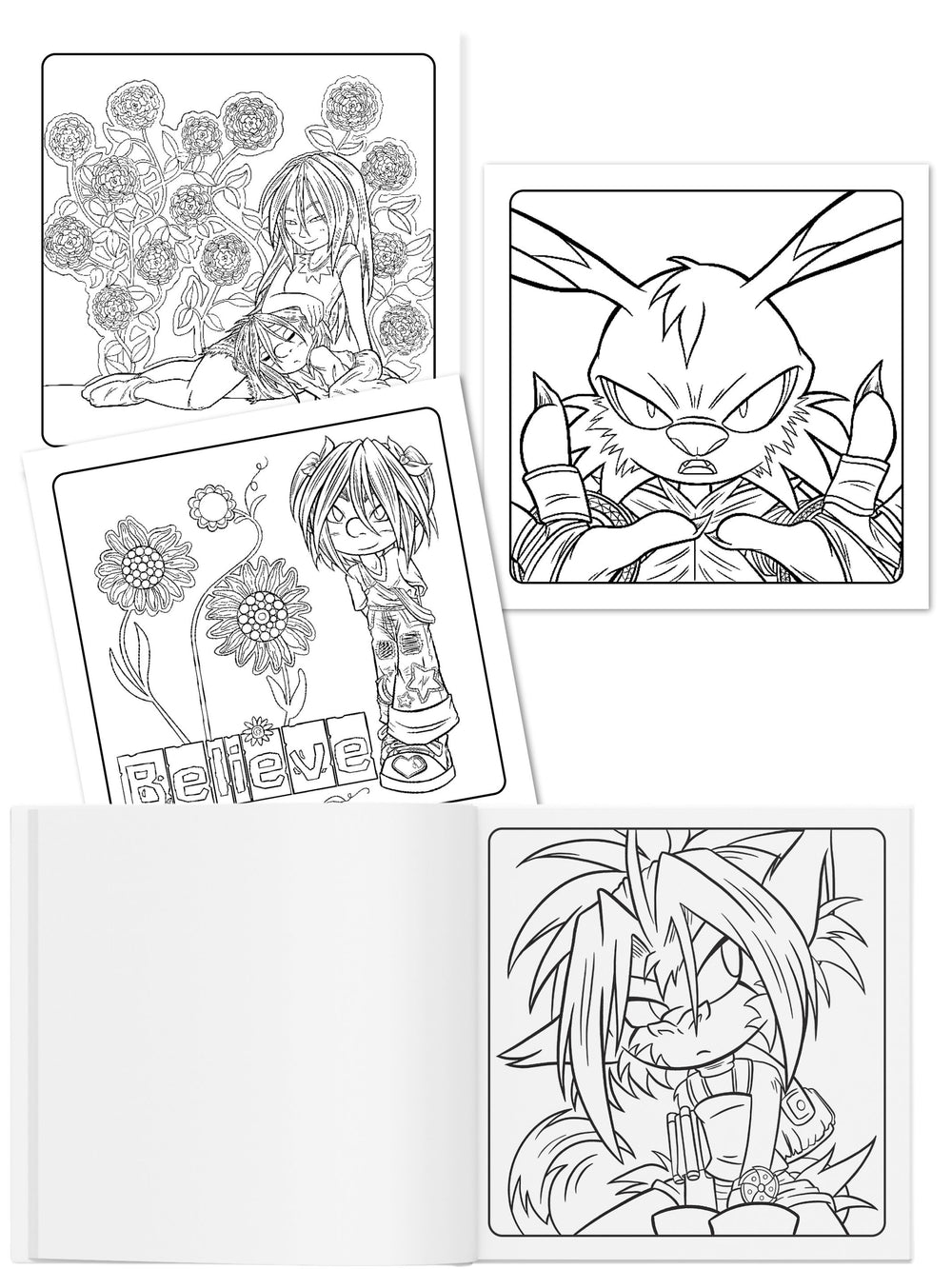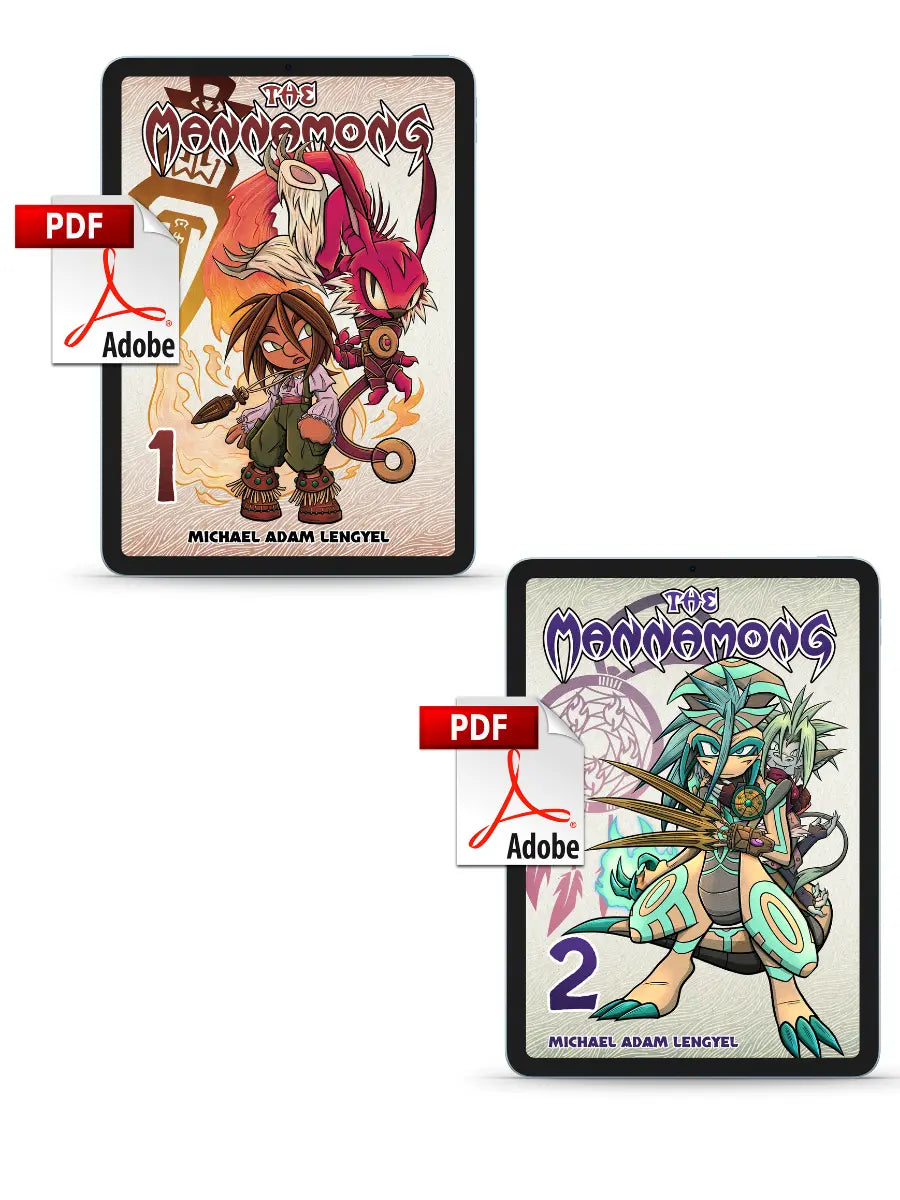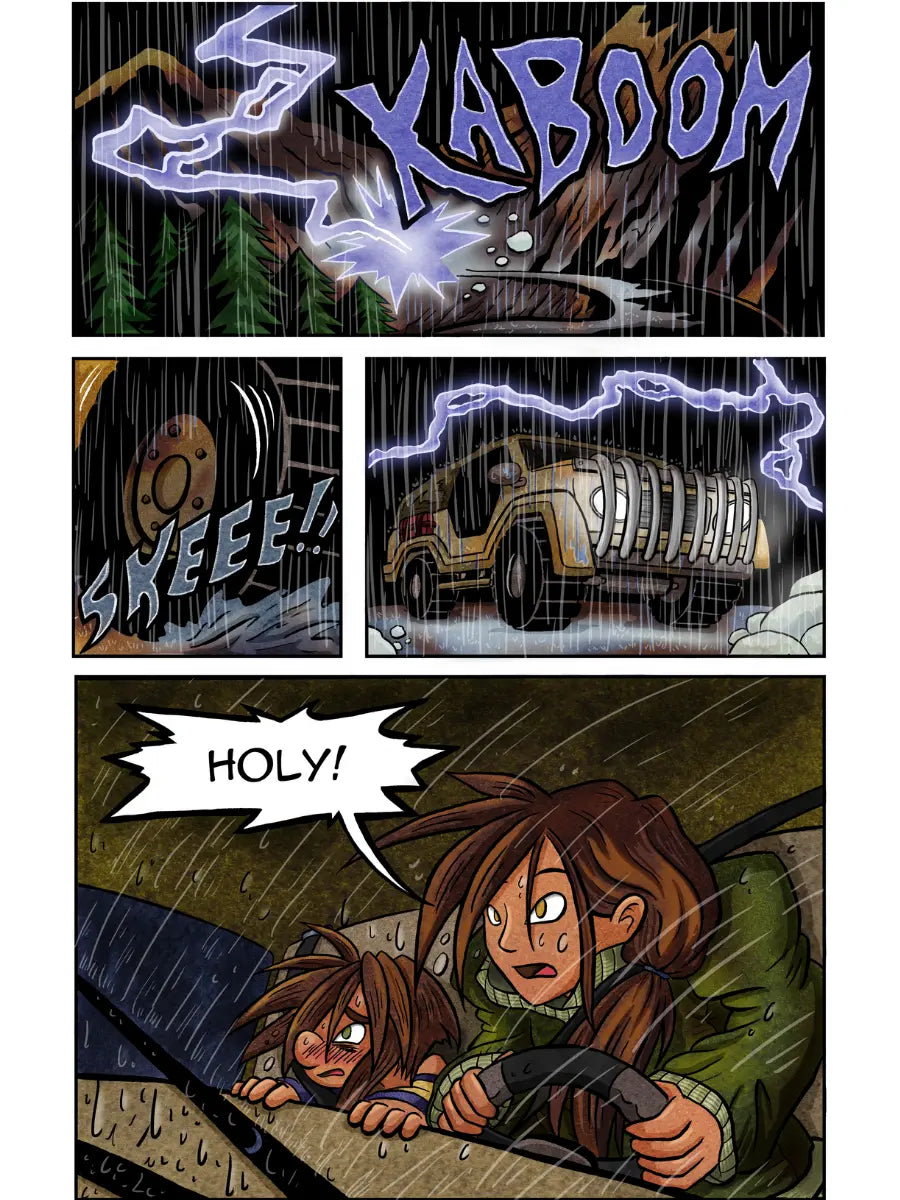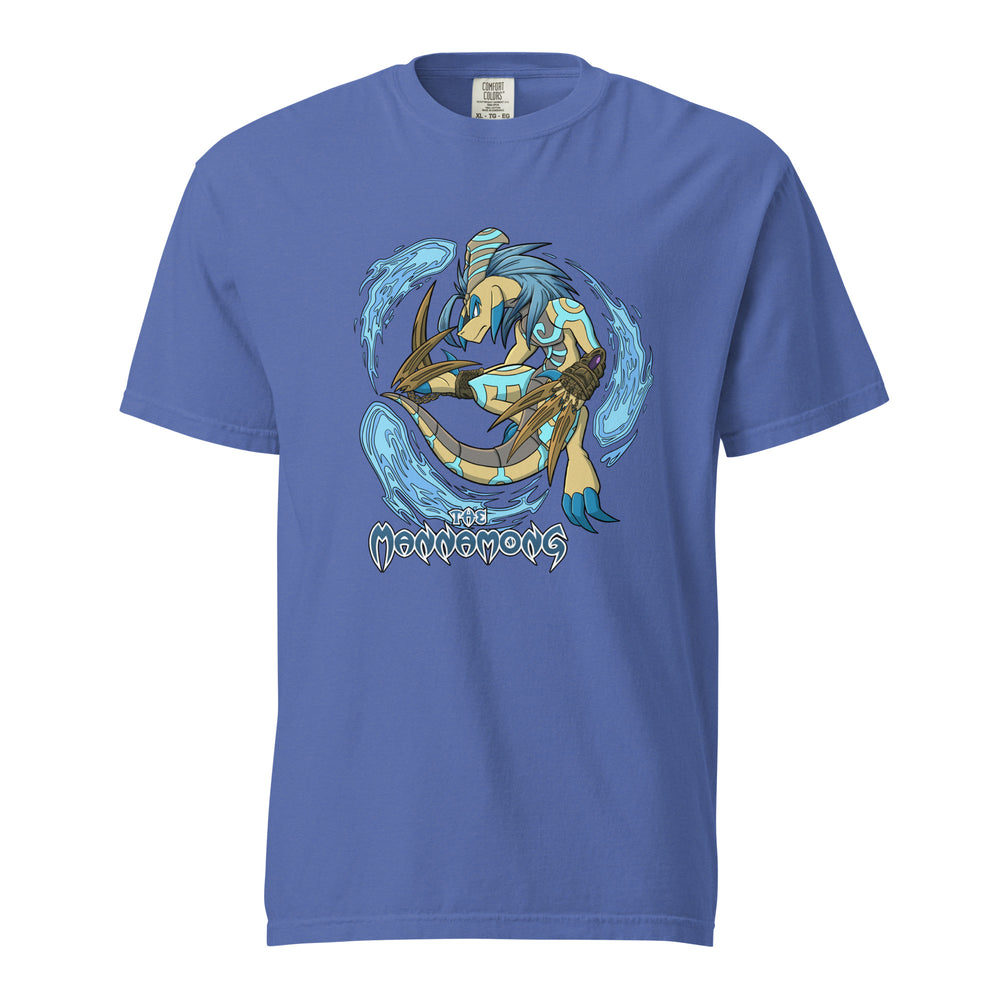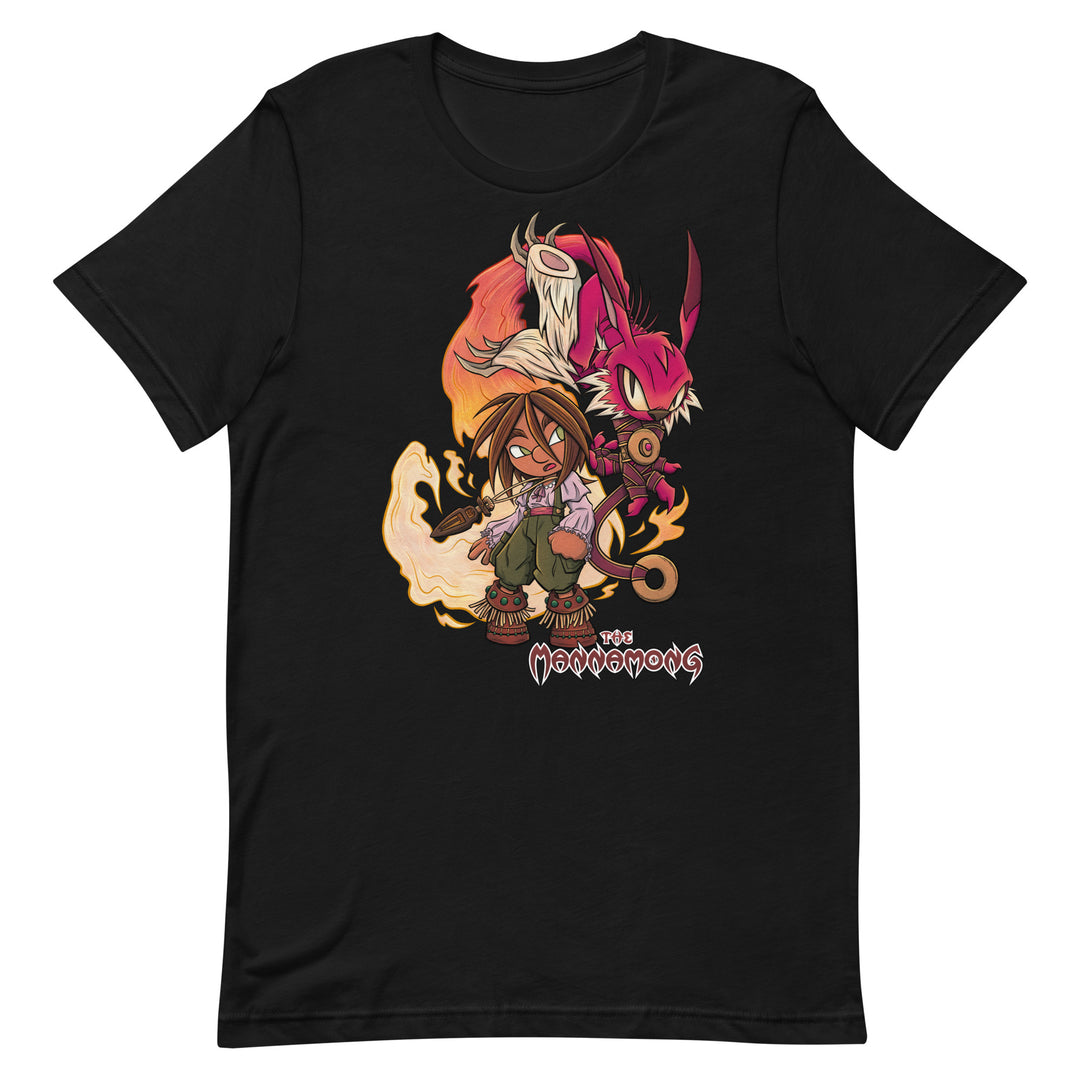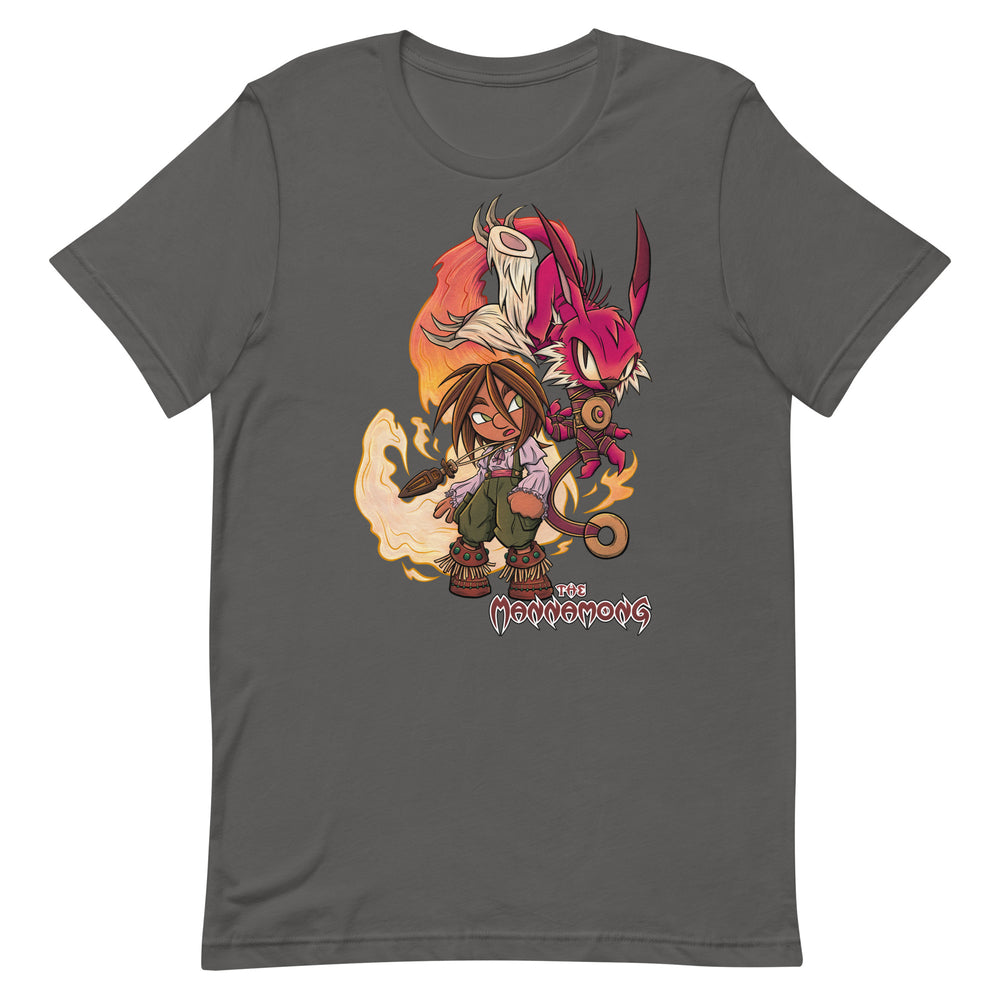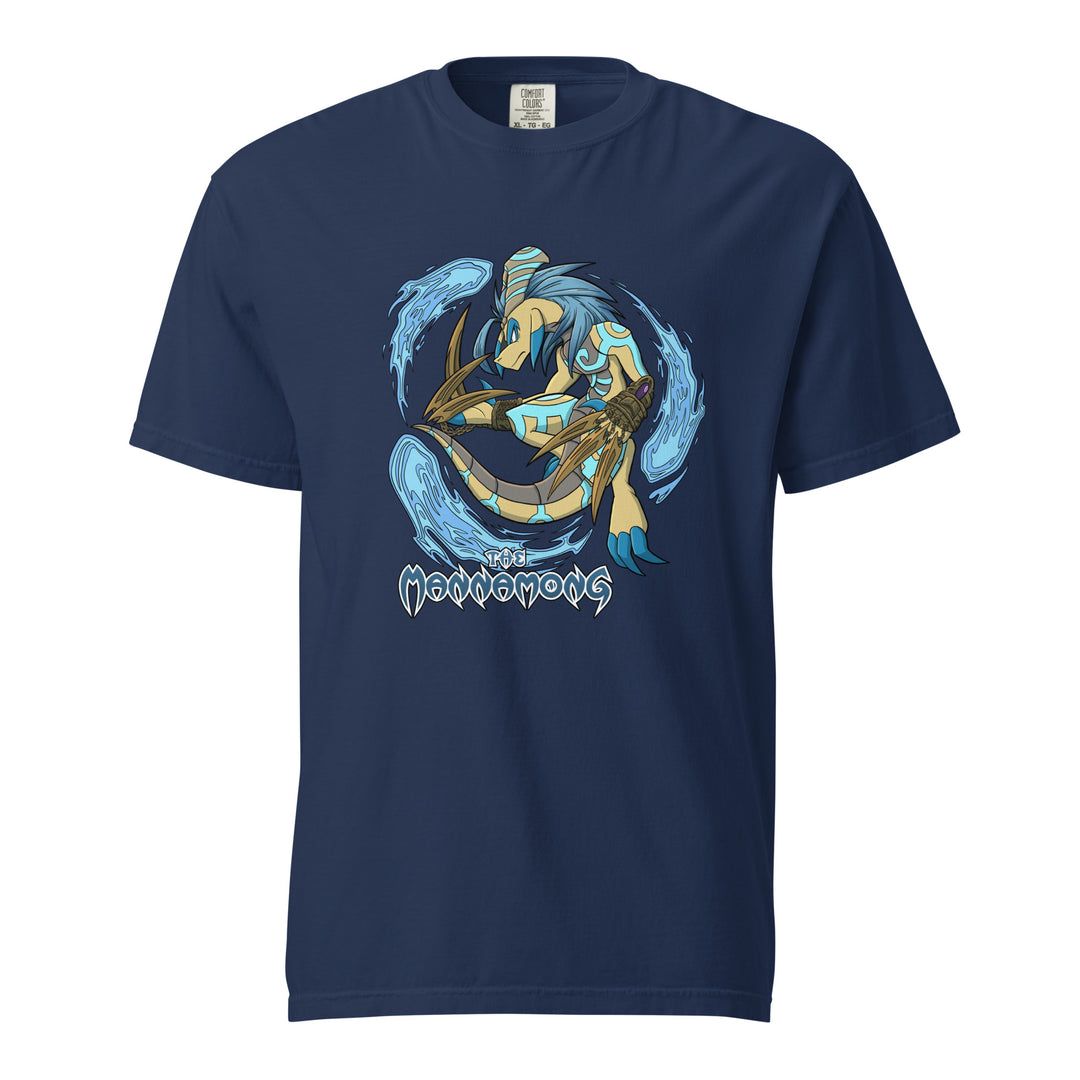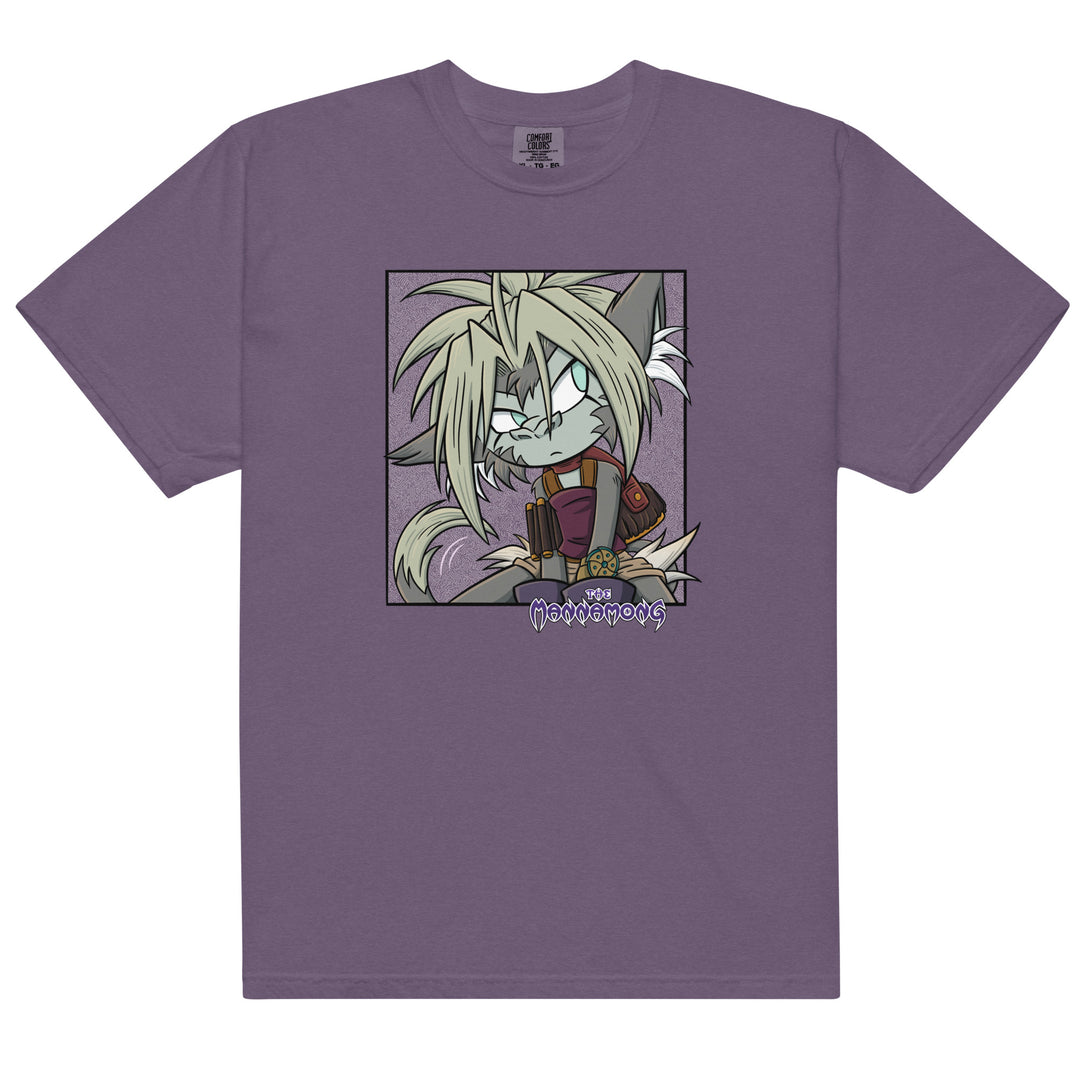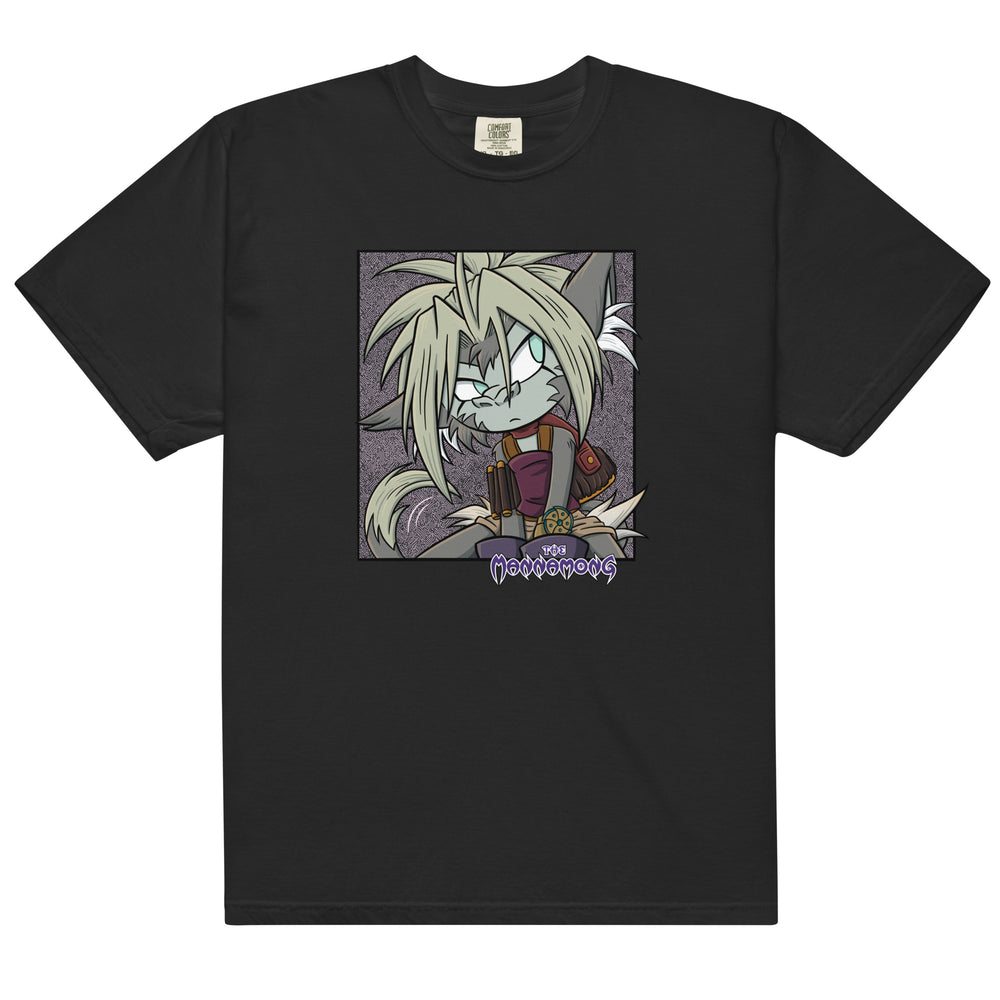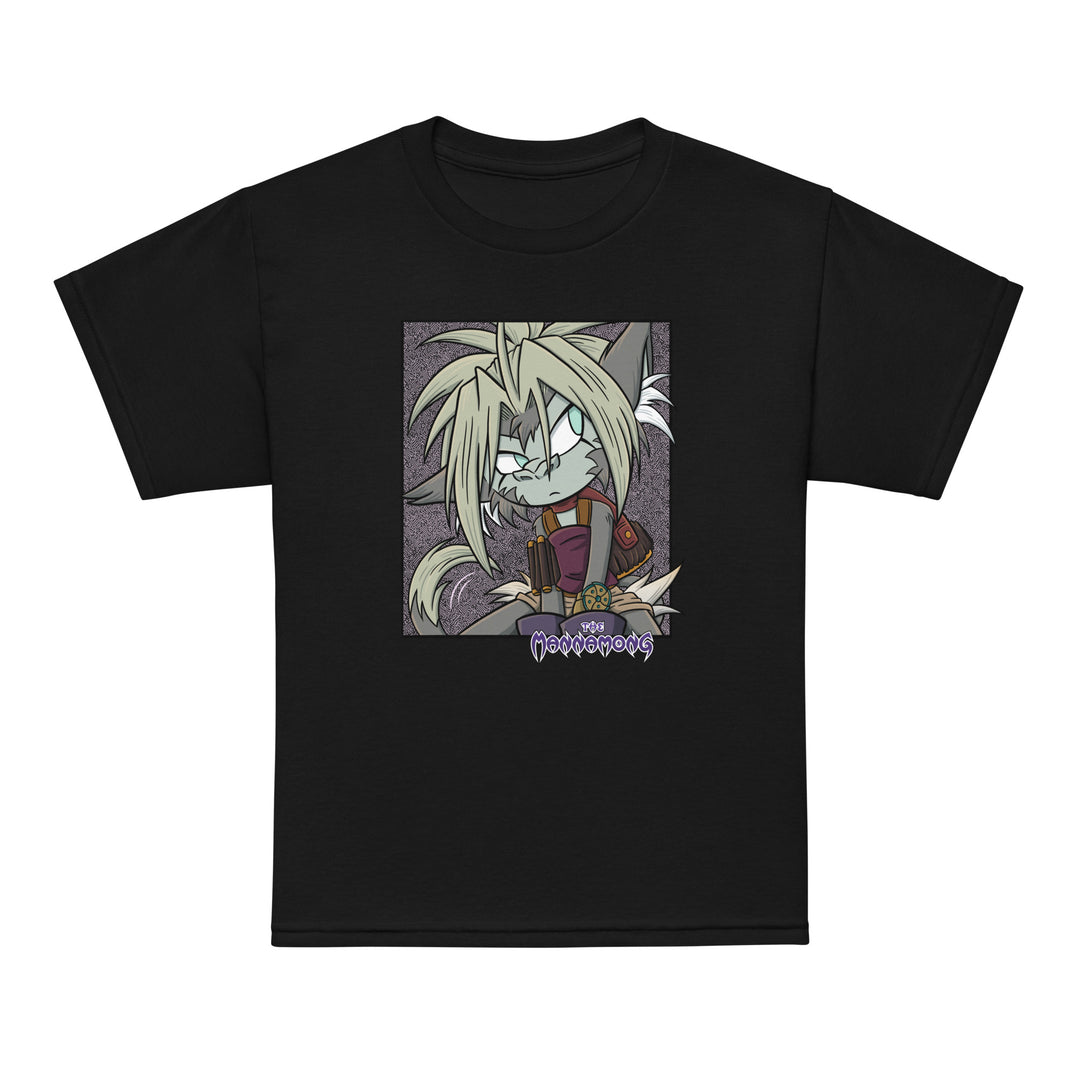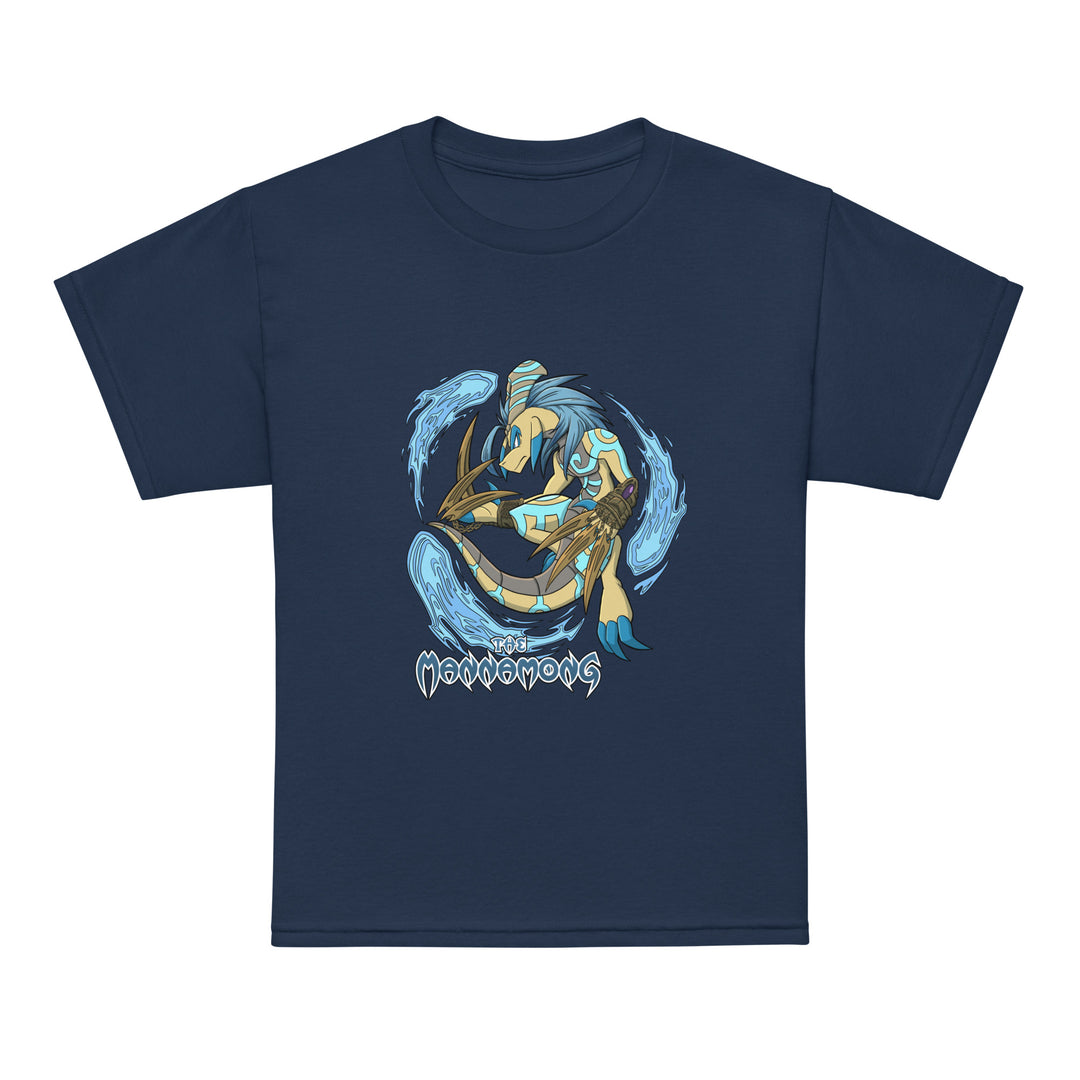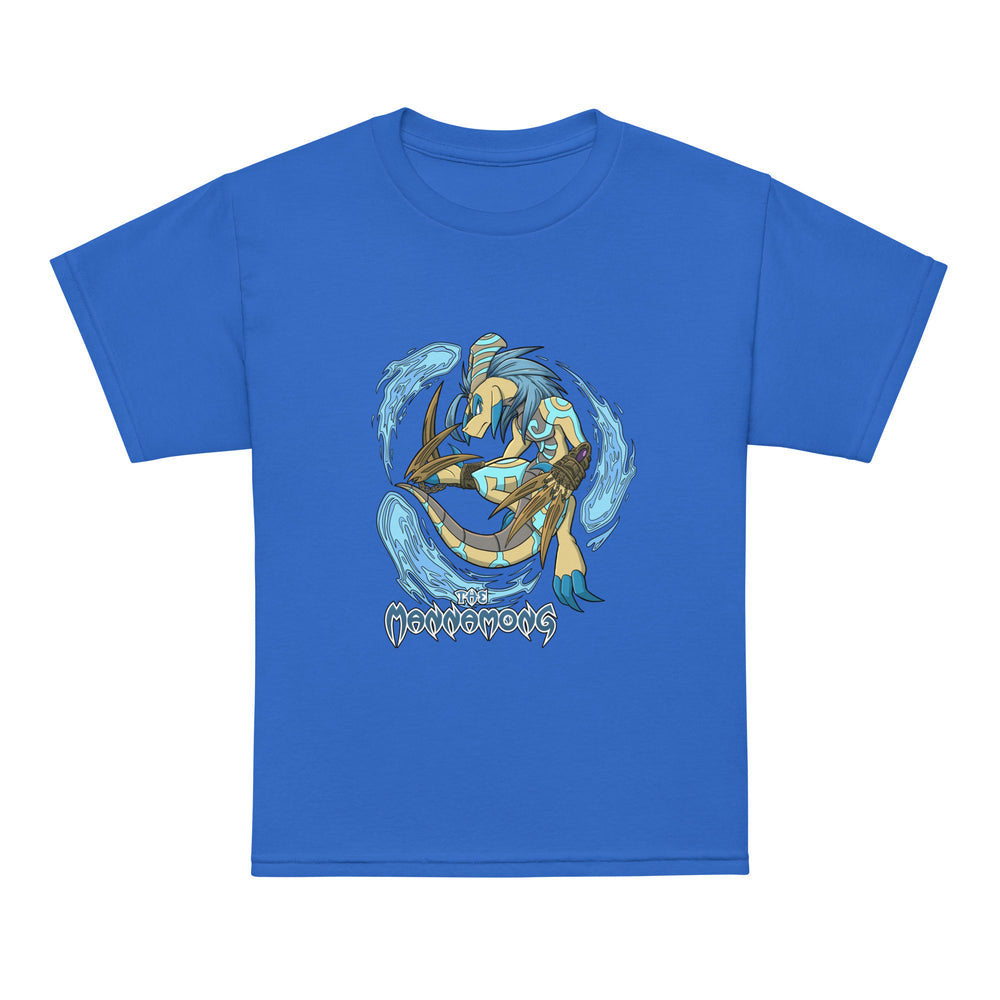The Magic of Visual Storytelling: How Graphic Novels Inspire Young Readers

Introduction
From the earliest cave paintings to modern digital comics, storytelling has always been a visual experience. Whether through picture books, illustrated manuscripts, or sequential art, humans have used images to convey meaning, emotions, and adventures.
For children, visual storytelling is especially powerful. It engages their imagination, helps with reading comprehension, and makes stories more immersive and memorable. Today, graphic novels and comics are leading the way in children’s reading, blending art and text to create a reading experience like no other.
But what makes visual storytelling so magical? And why are graphic novels capturing the hearts of young readers around the world?
Let’s dive in.
The Power of Visual Storytelling in Children’s Reading
Children naturally respond to visuals. Before they even learn to read, they understand stories through pictures. This is why picture books and comics are some of the first forms of storytelling they engage with.
Graphic novels take this a step further, offering:
- Engaging narratives – The mix of text and images makes complex stories easier to follow.
- Emotional connection – Expressive artwork helps kids relate to characters and their struggles.
- Increased comprehension – Images provide context clues that support early literacy skills.
- A gateway to a love for reading – For reluctant readers, comics and graphic novels make reading feel less like work and more like an adventure.
In short, visual storytelling turns reading into an immersive experience, making it accessible and enjoyable for children of all ages.
Graphic Novels: The Future of Children's Literature
Graphic novels have seen an explosive rise in popularity, especially among young readers. According to publishers and educators, children’s graphic novels are now some of the best-selling books in the world. So, why are graphic novels becoming a favorite among young readers?
1. A Perfect Blend of Art and Text
Unlike traditional books, graphic novels use both words and images to tell a story. This combination helps:
- Struggling readers follow along more easily.
- Visual learners absorb information faster.
- Young readers develop critical thinking by interpreting images and text together.
Because of this, many teachers now incorporate graphic novels into the classroom, recognizing them as a valuable literary tool rather than just entertainment.

2. Relatable Characters and Themes
Graphic novels often feature characters that kids can see themselves in—whether they are young superheroes, kids navigating friendships, or adventurers discovering their purpose. Many of these stories explore real-world challenges, such as:
- Friendship and belonging (Smile by Raina Telgemeier)
- Self-discovery and identity (New Kid by Jerry Craft)
- Overcoming fear and doubt (The Mannamong by Michael Lengyel)
Because these themes resonate with young readers, they feel emotionally connected to the story, making them more likely to engage with books.
3. More Accessible and Inclusive Reading
Unlike traditional novels, which can feel intimidating, graphic novels break down complex ideas into visually engaging pages.
This is especially helpful for:
- Dyslexic readers – The visual support makes it easier to understand the story.
- English language learners (ELLs) – Pictures help convey meaning when words are unfamiliar.
- Reluctant readers – The fast-paced nature keeps their attention.
By making storytelling more inclusive, graphic novels open the doors to reading for many kids who might otherwise struggle.

Why Comics and Graphic Novels Matter in Storytelling
Graphic novels and comics aren’t just popular with kids—they’re a respected form of storytelling that blends literature and art.
For decades, comics were dismissed as “low-brow” entertainment, but today, they are recognized as powerful storytelling tools. Books like Maus by Art Spiegelman and Persepolis by Marjane Satrapi prove that comics can explore deep, meaningful topics.
But what makes visual storytelling so effective?
1. Storytelling Without Limits
In graphic novels, the art itself tells a story. A single panel can convey:
- Emotion – A character’s face can tell an entire story in one frame.
- Atmosphere – The background, color scheme, and composition set the mood.
- Action – Motion lines and panel transitions create cinematic movement.
This dynamic storytelling is what makes comics and graphic novels so visually exciting and emotionally impactful.
2. Timeless Appeal for All Ages
While many associate comics with children, graphic novels appeal to all age groups. Popular franchises like:
- Marvel and DC Comics continue to captivate teens and adults.
- Manga series like Naruto and My Hero Academia dominate global sales.
- Independent graphic novels like The Mannamong introduce fresh, original stories to young readers.
Visual storytelling has no boundaries, making it one of the most versatile forms of literature today.

The Mannamong: A Graphic Novel That Captures the Magic of Storytelling
One of the best examples of modern visual storytelling is The Mannamong, an Eisner-nominated comic series by Michael Lengyel.
Set in a vivid fantasy world, The Mannamong follows a young girl, Kali, who discovers a hidden realm of mystical spirit guardians. As she navigates this world, she learns about her own inner strength, fears, and destiny.
Why young readers love The Mannamong:
- Rich world-building – A beautifully illustrated fantasy realm.
- Emotional depth – Explores themes of courage, friendship, and destiny.
- Unique art style – Blends the magic of manga, fantasy, and folklore.
Whether you’re a longtime graphic novel fan or just discovering this world, The Mannamong is a must-read for anyone who loves adventure and storytelling.




